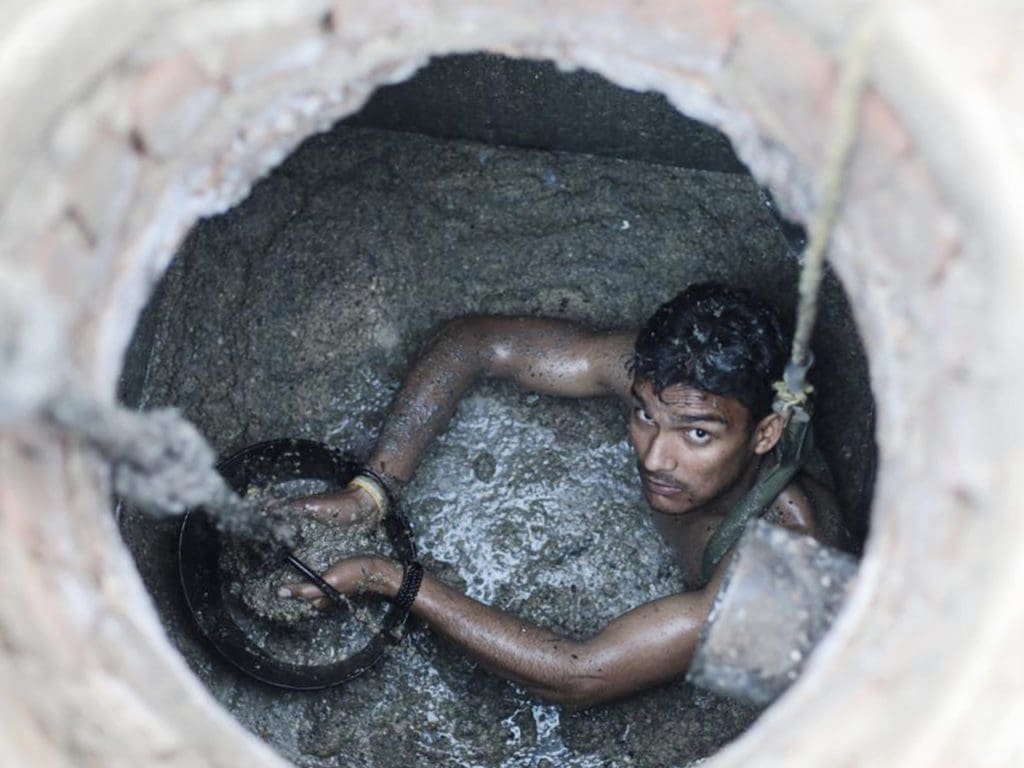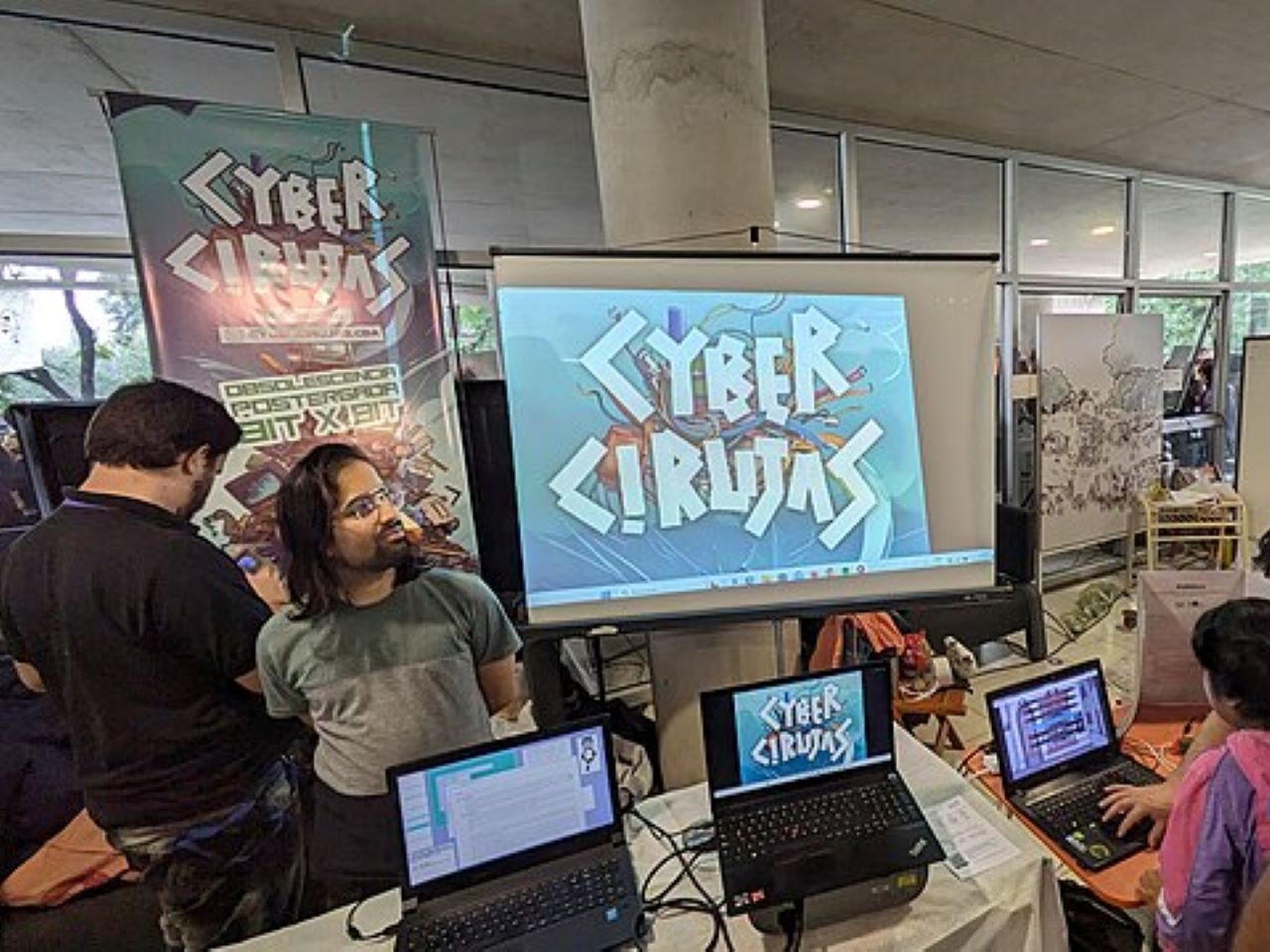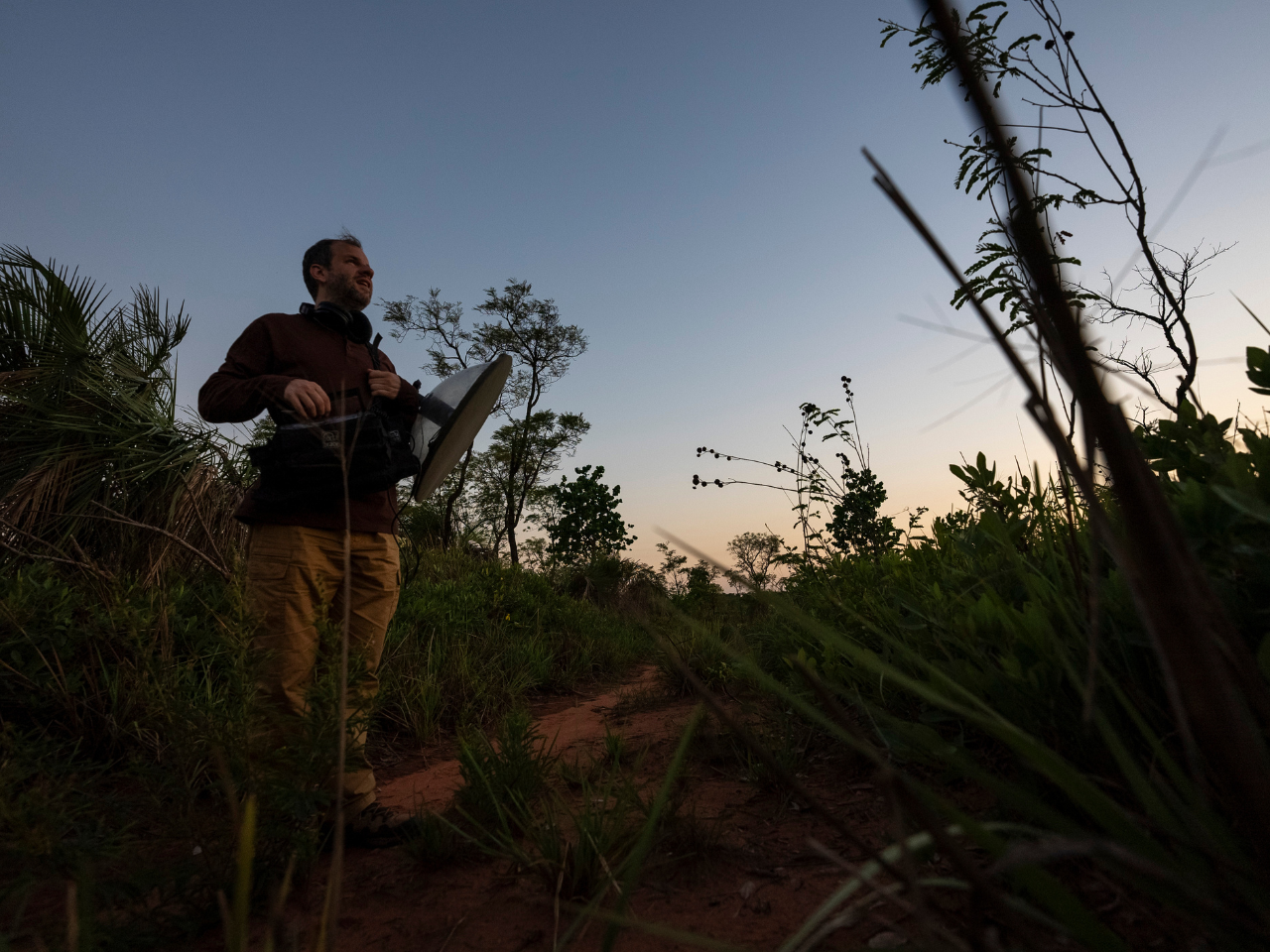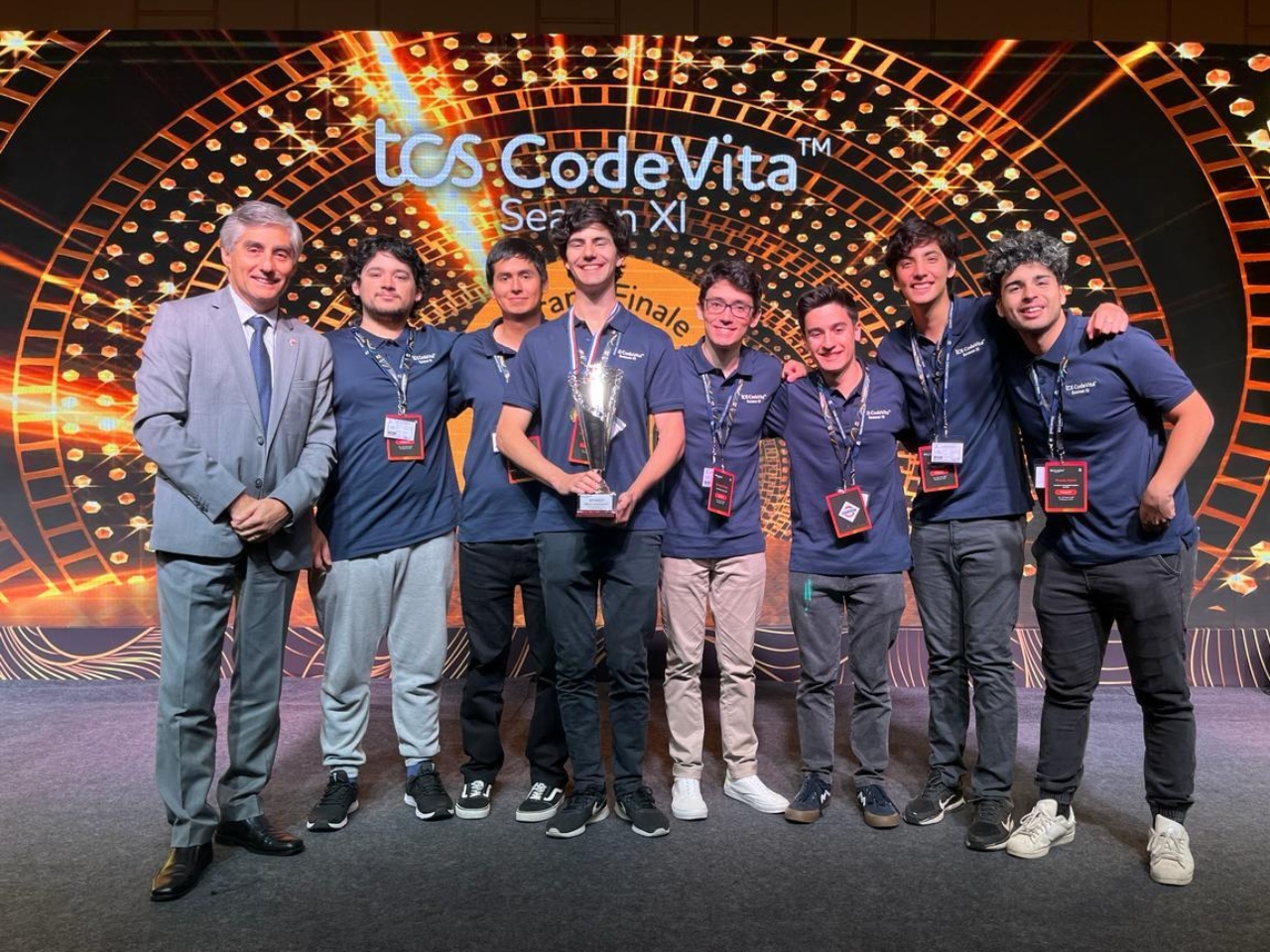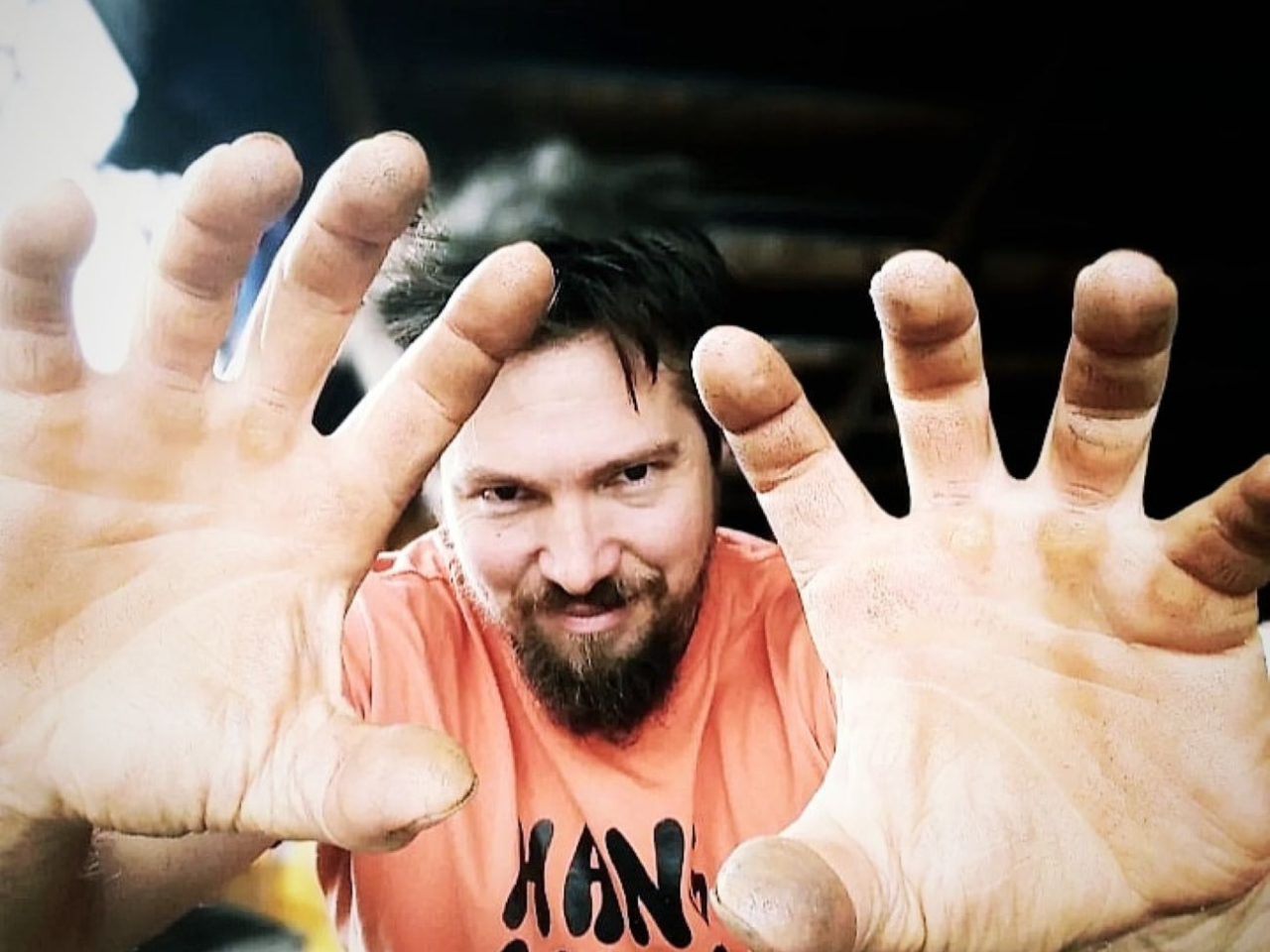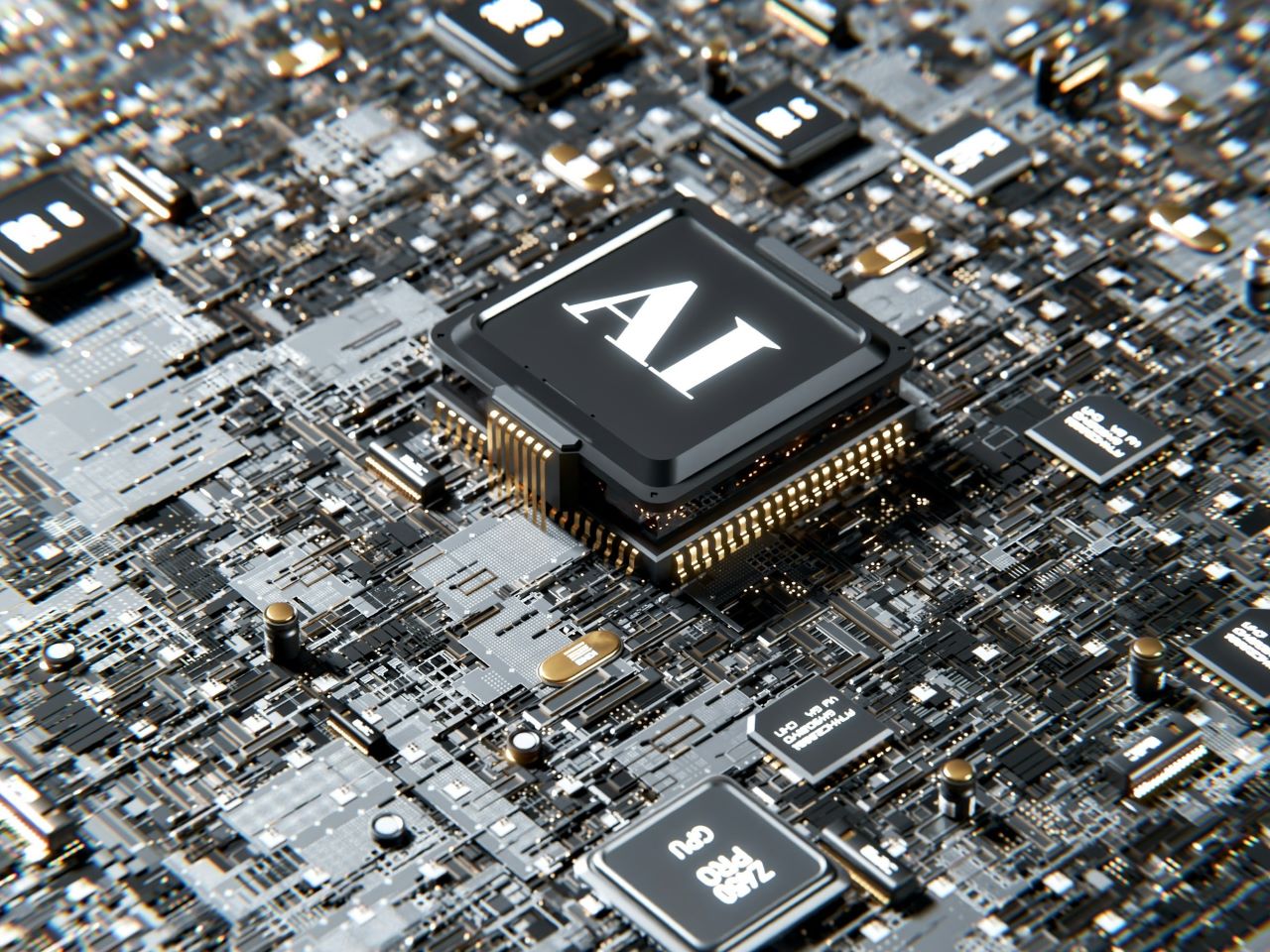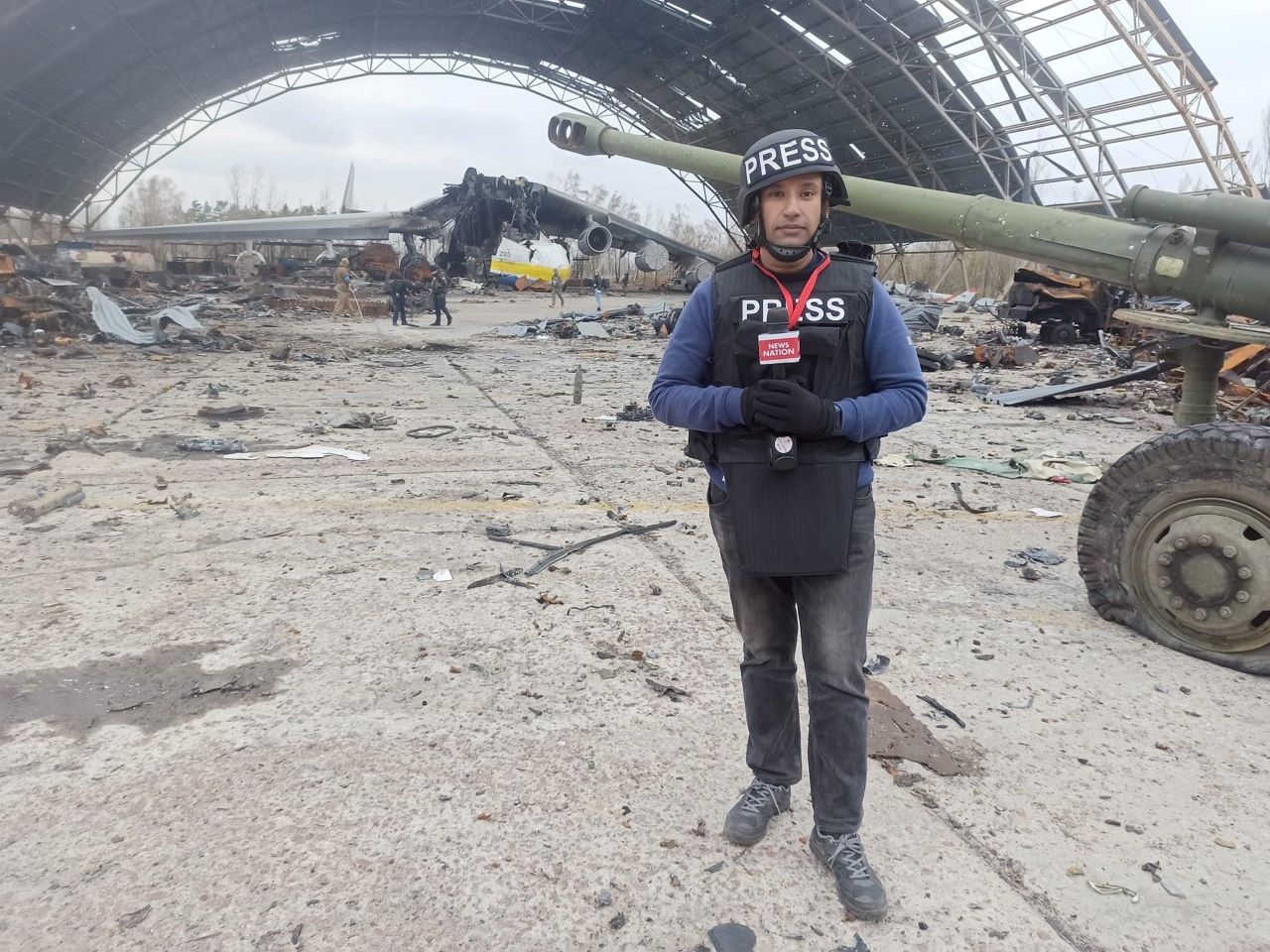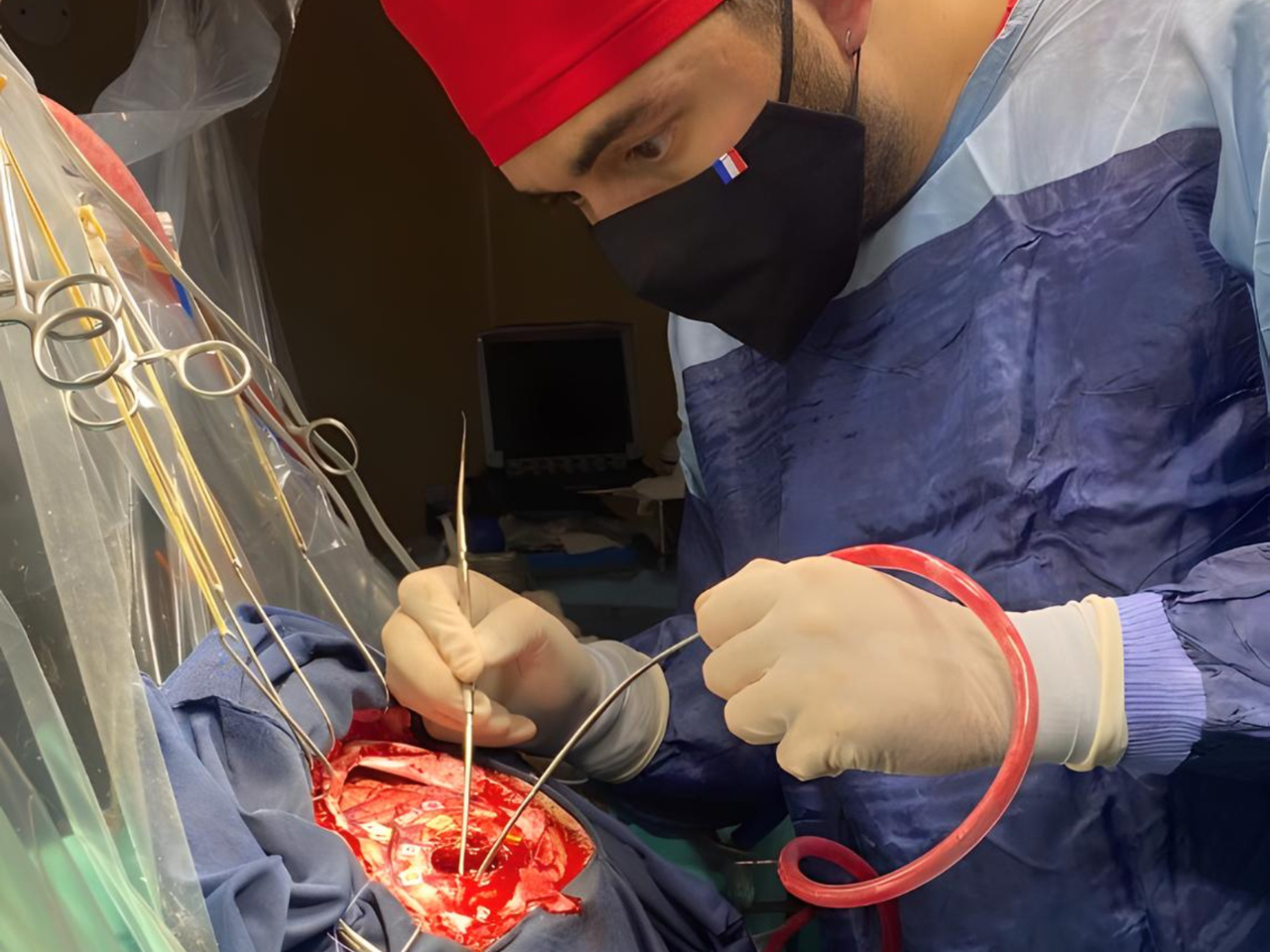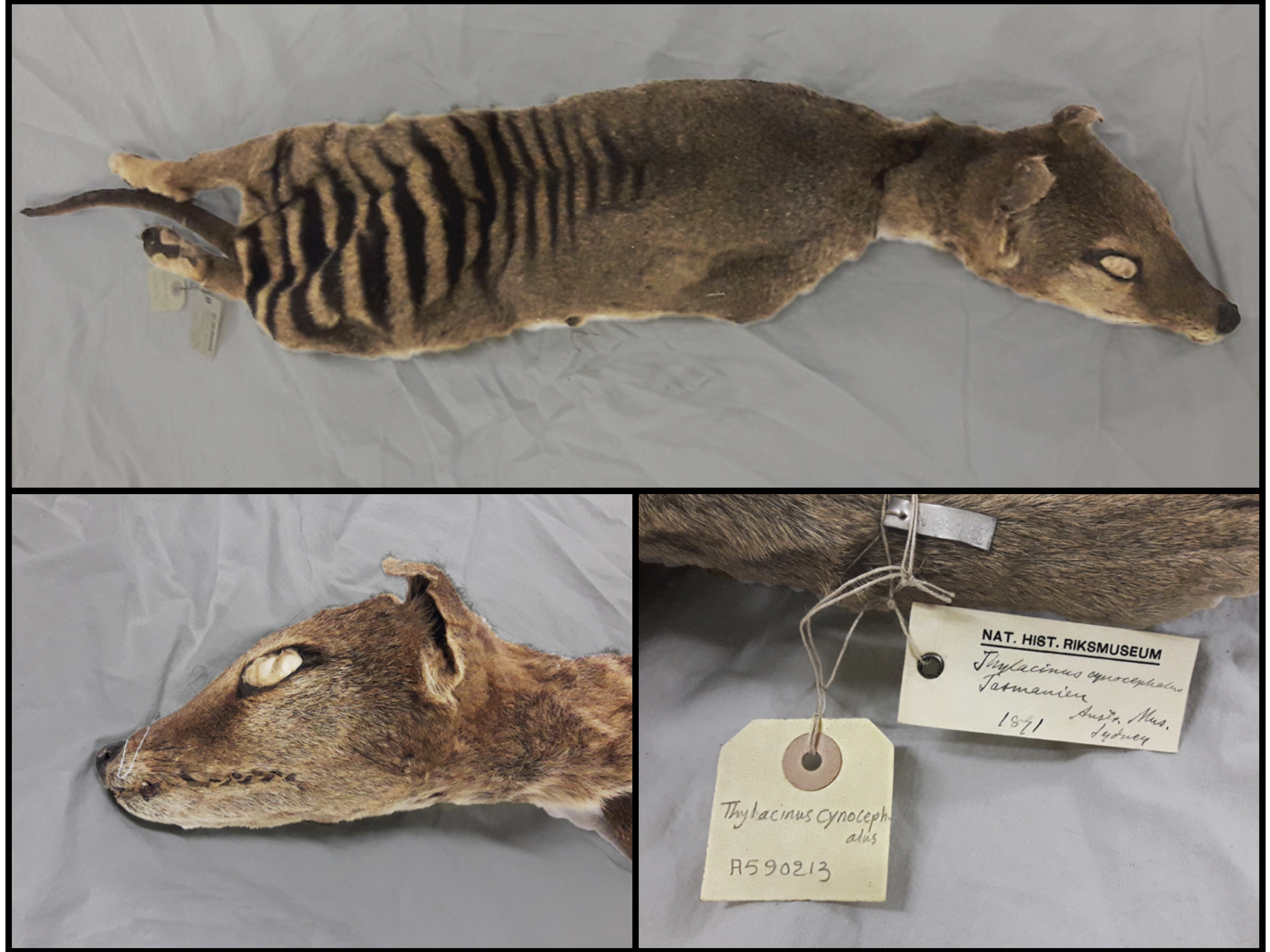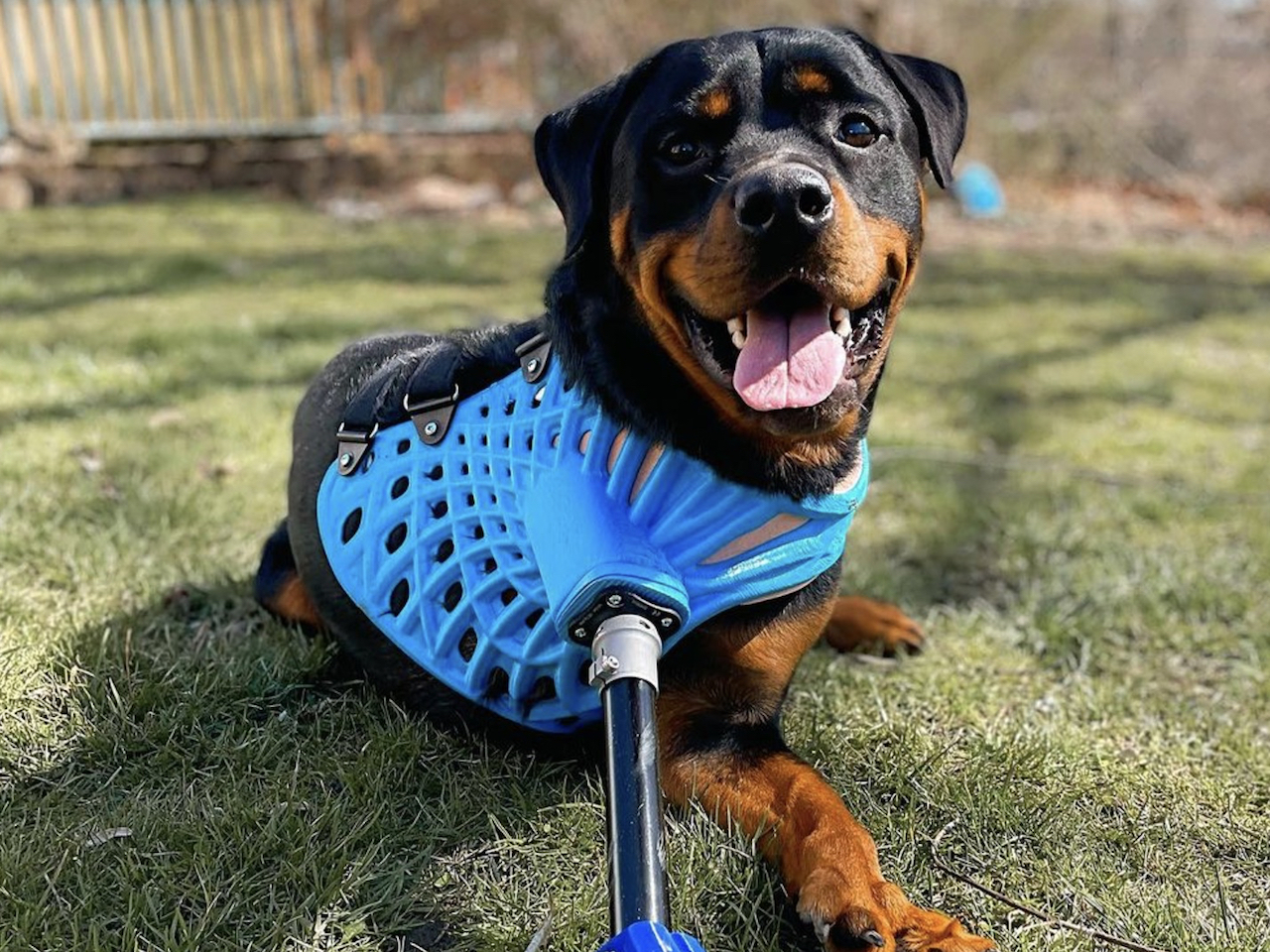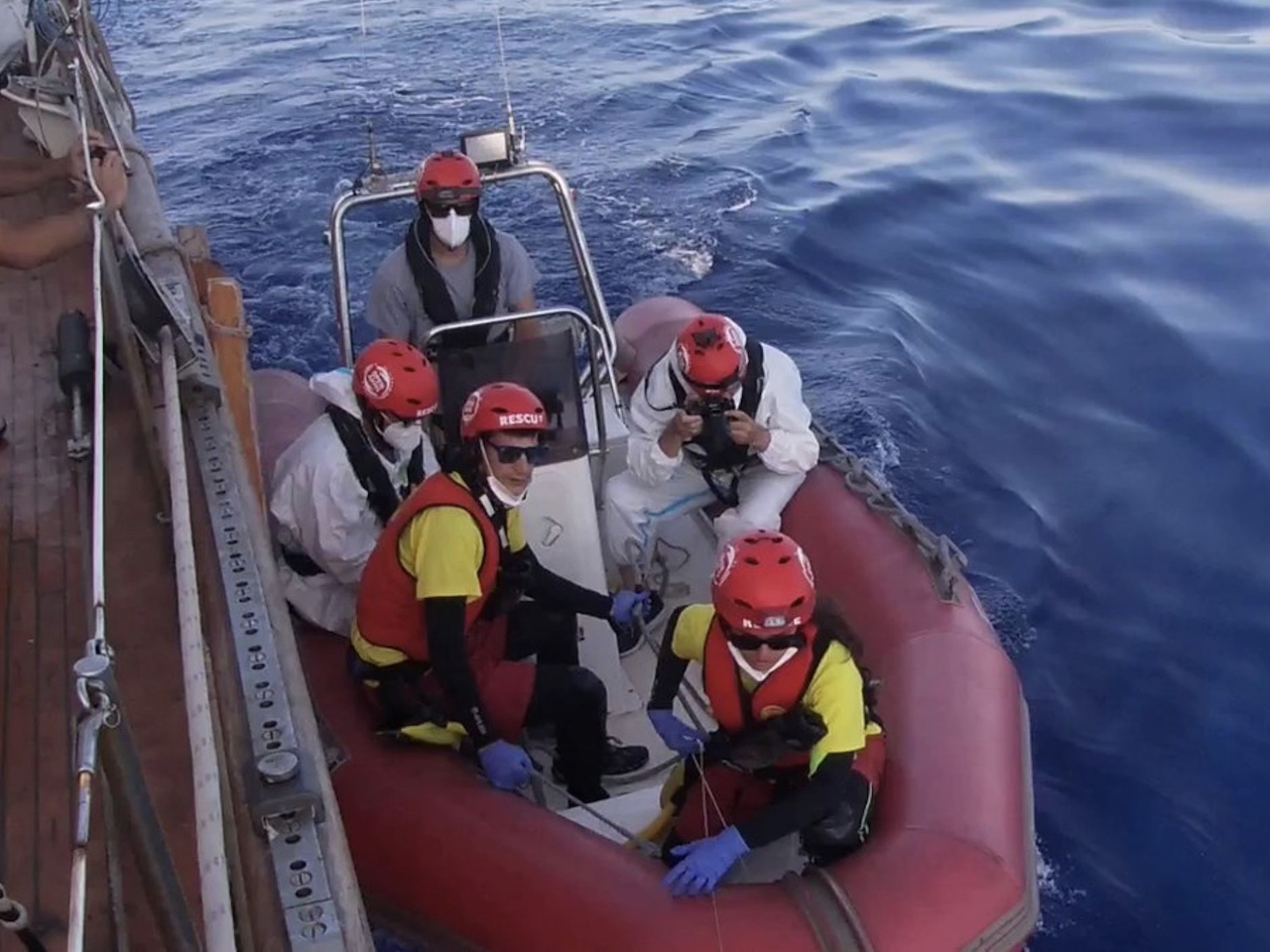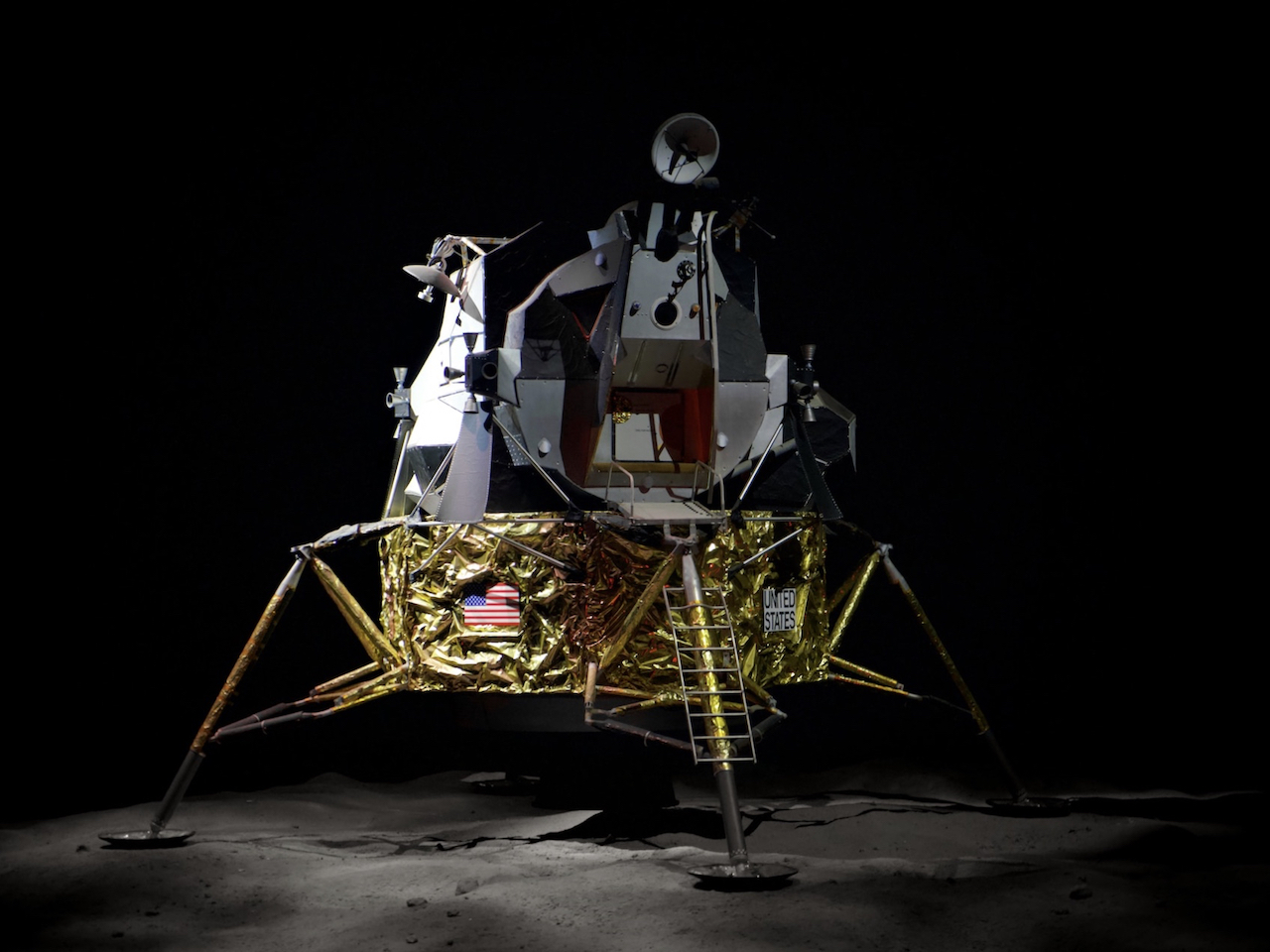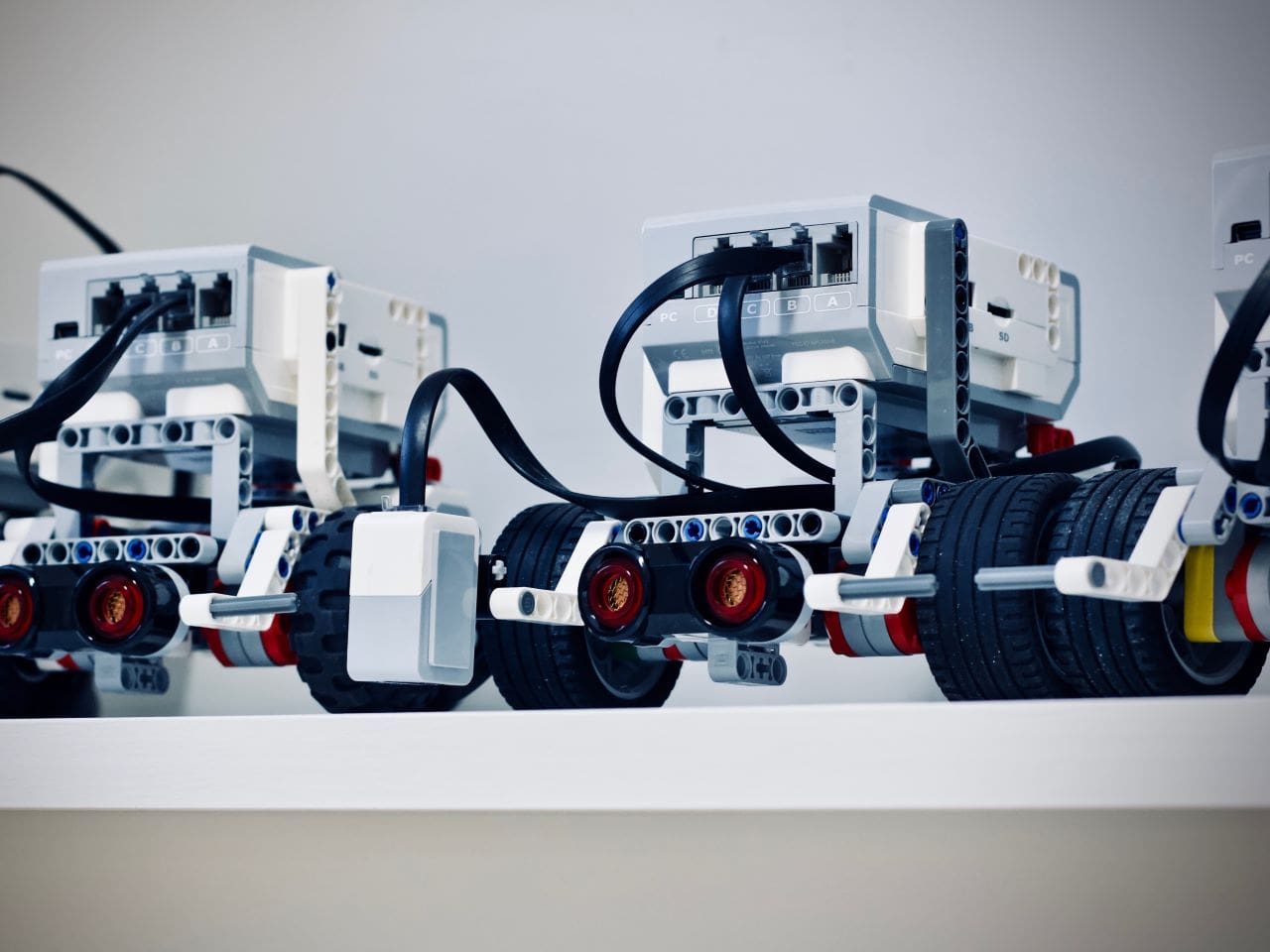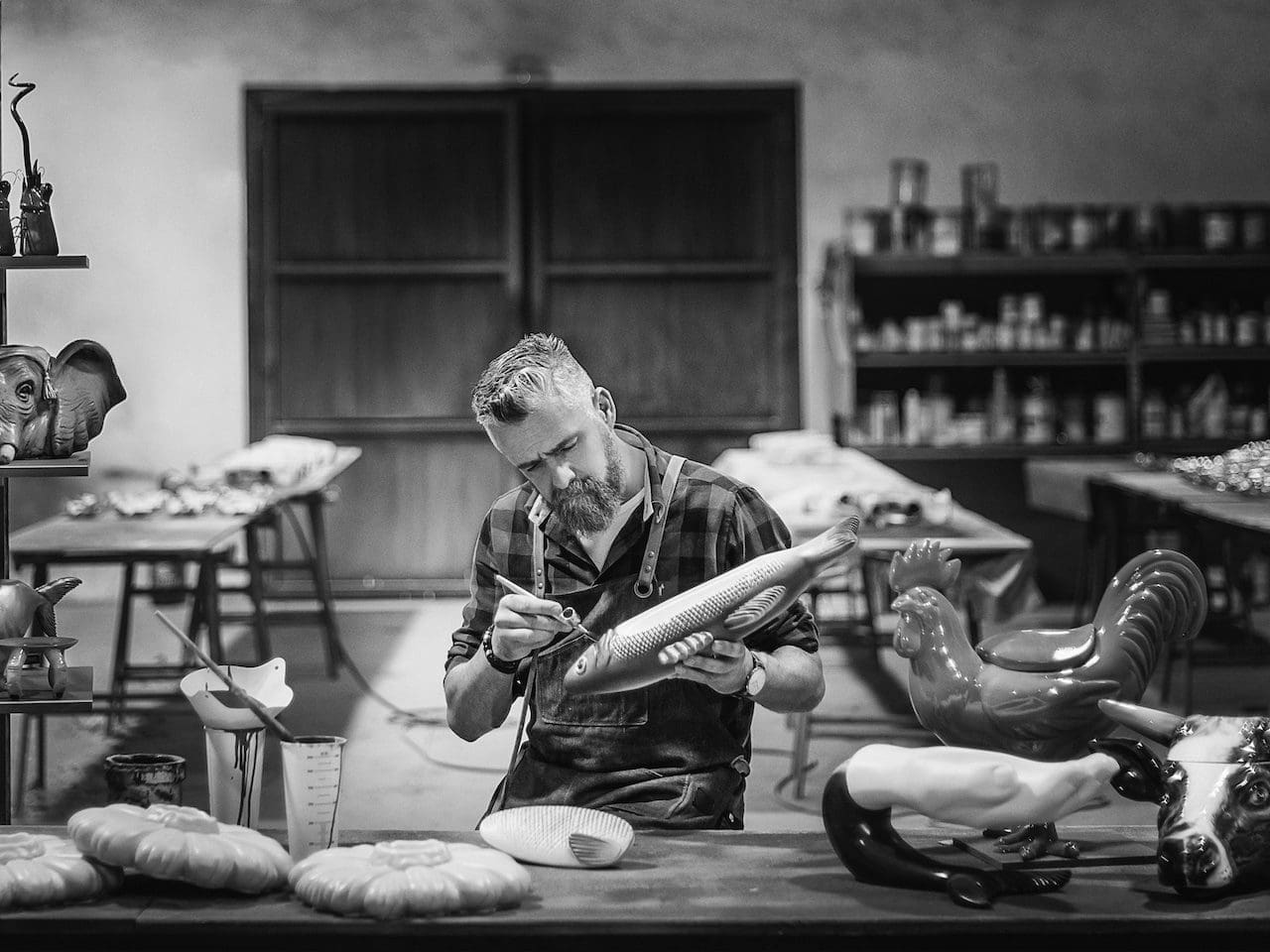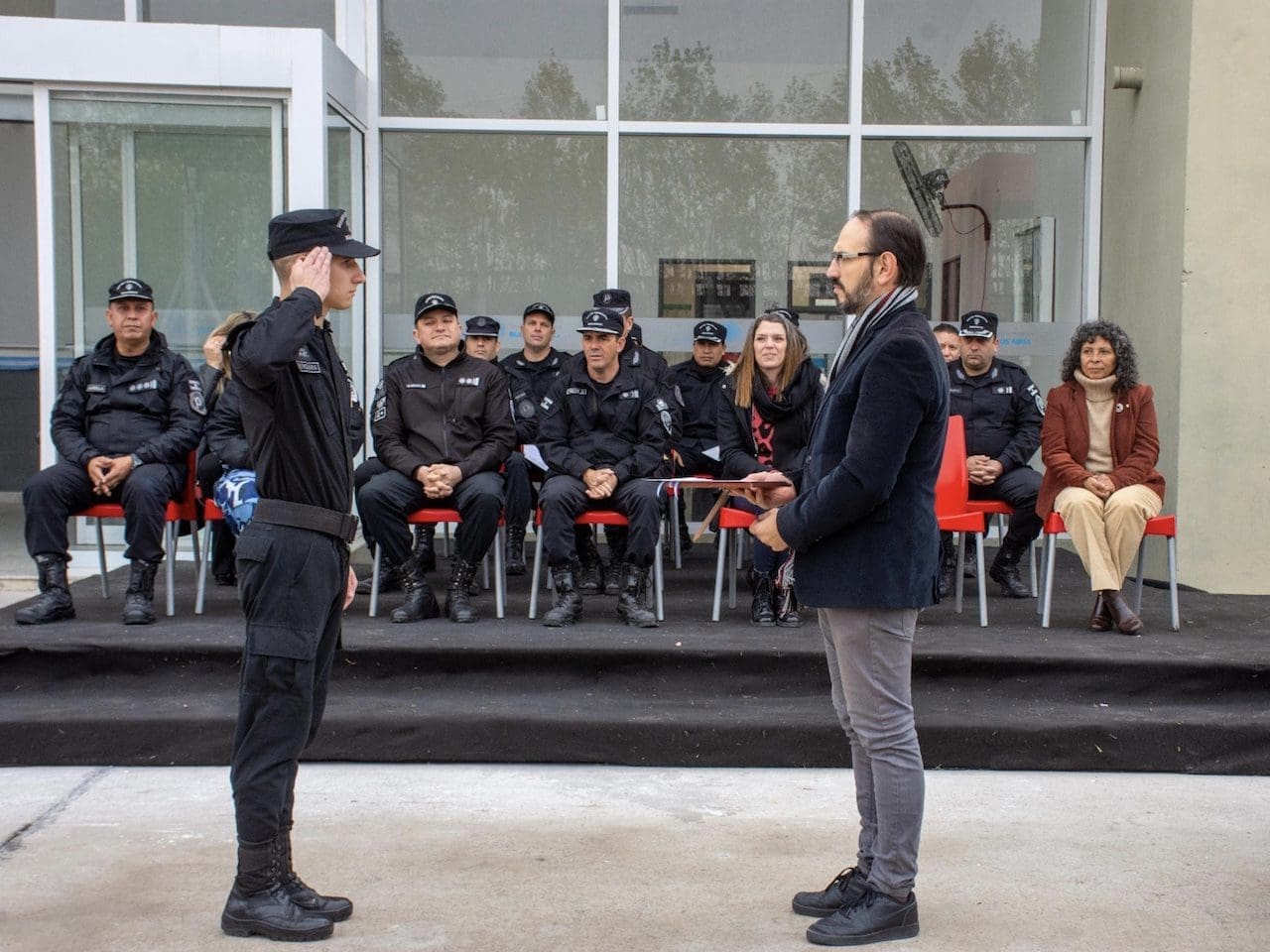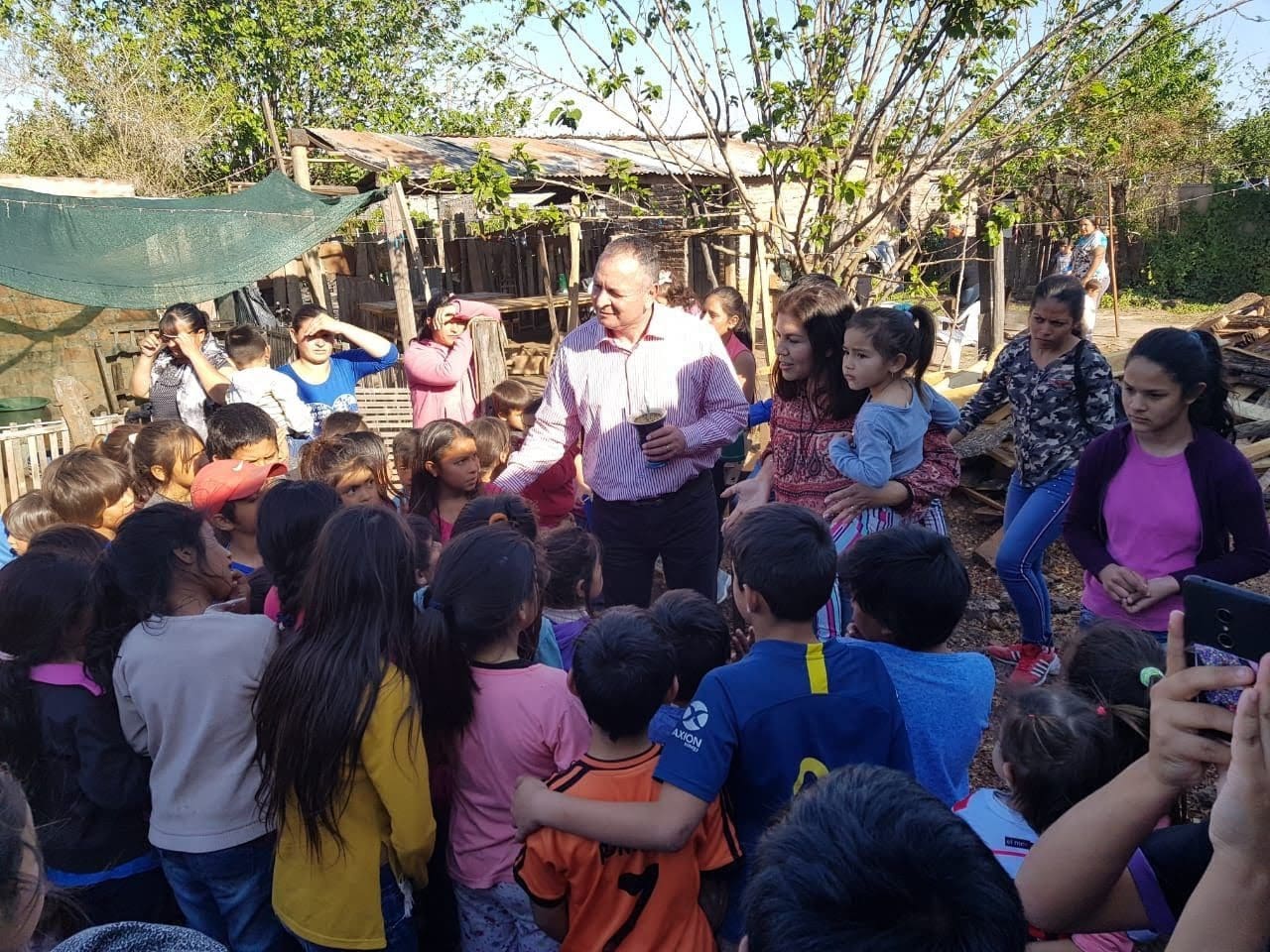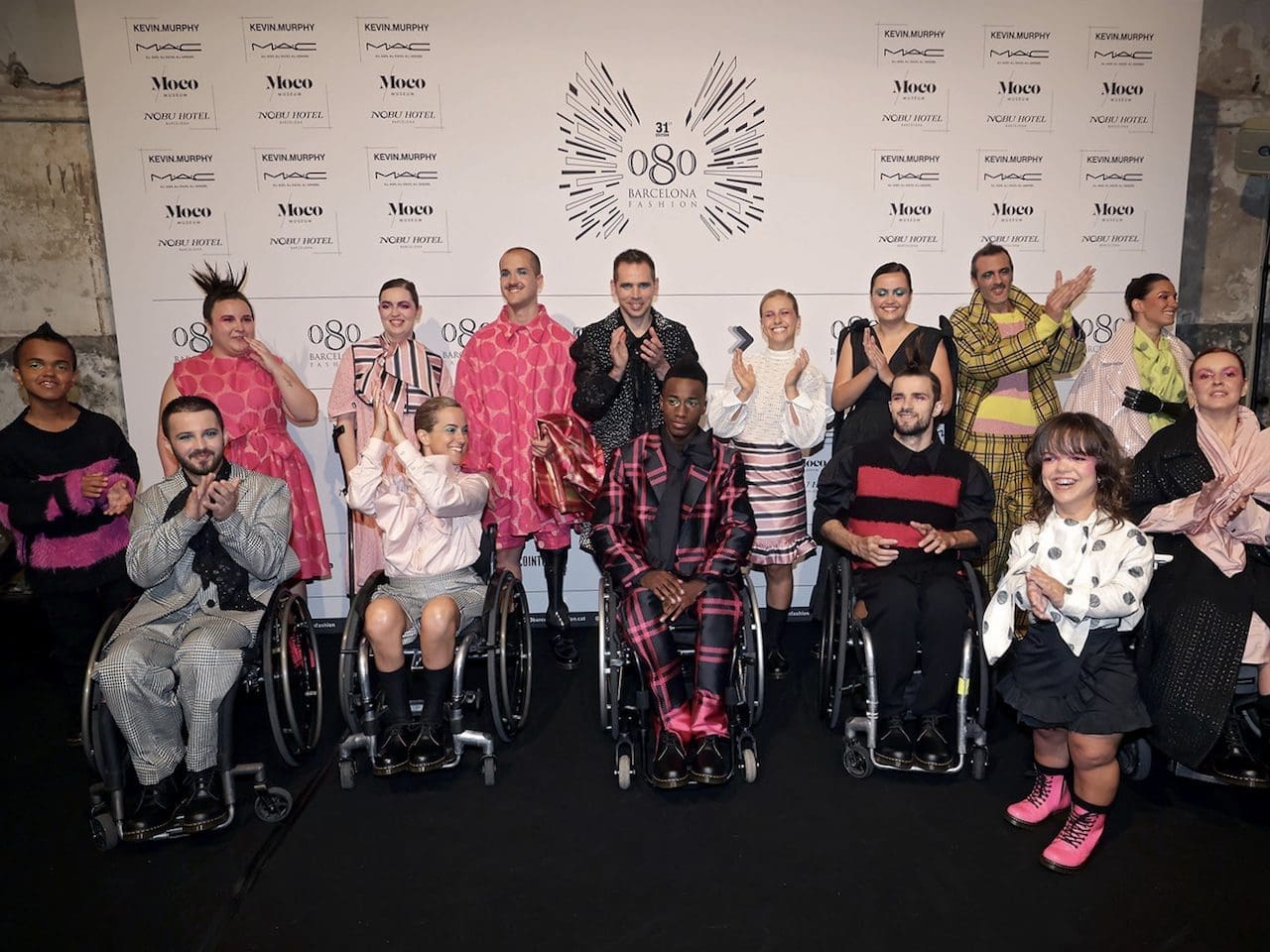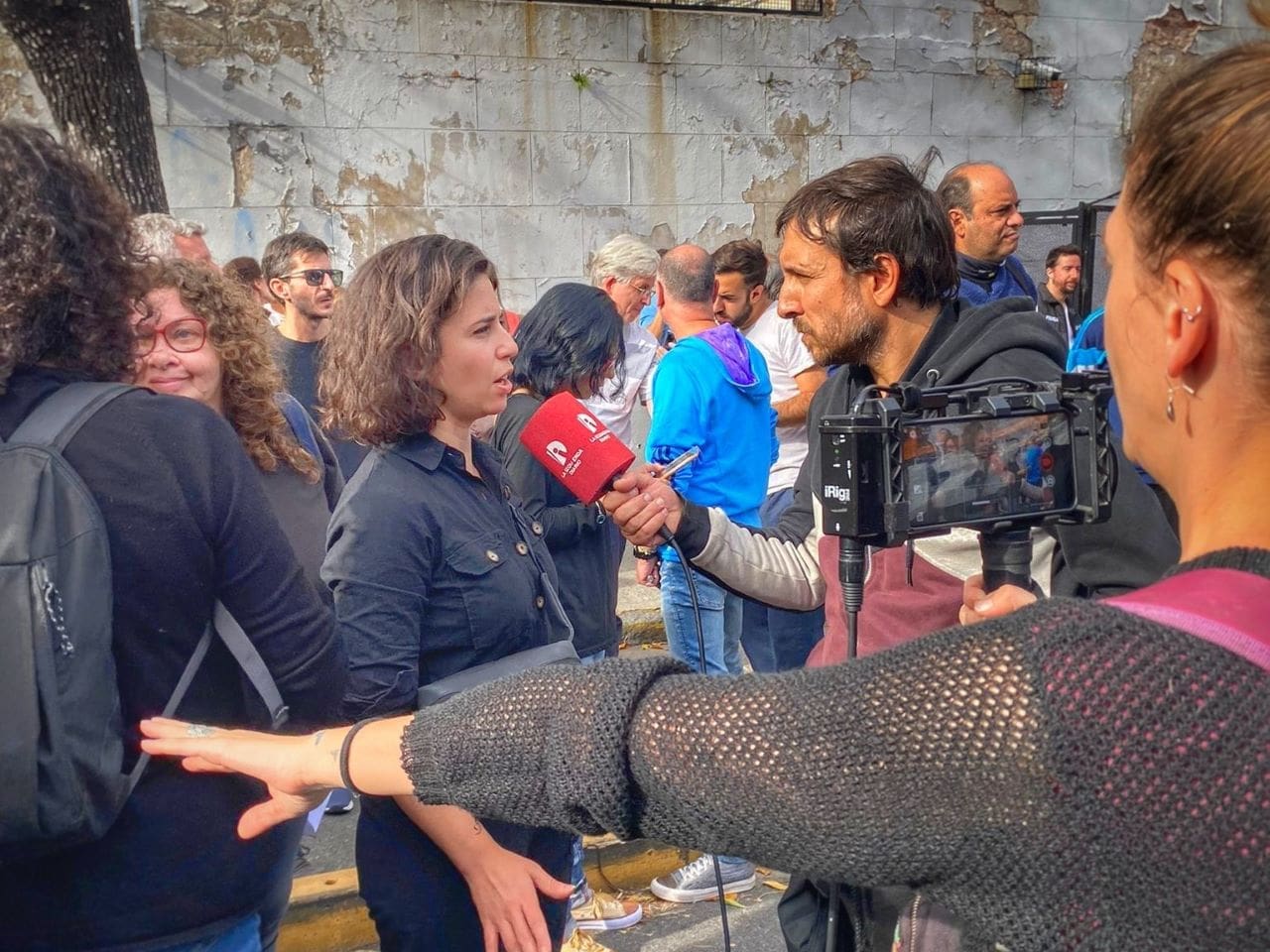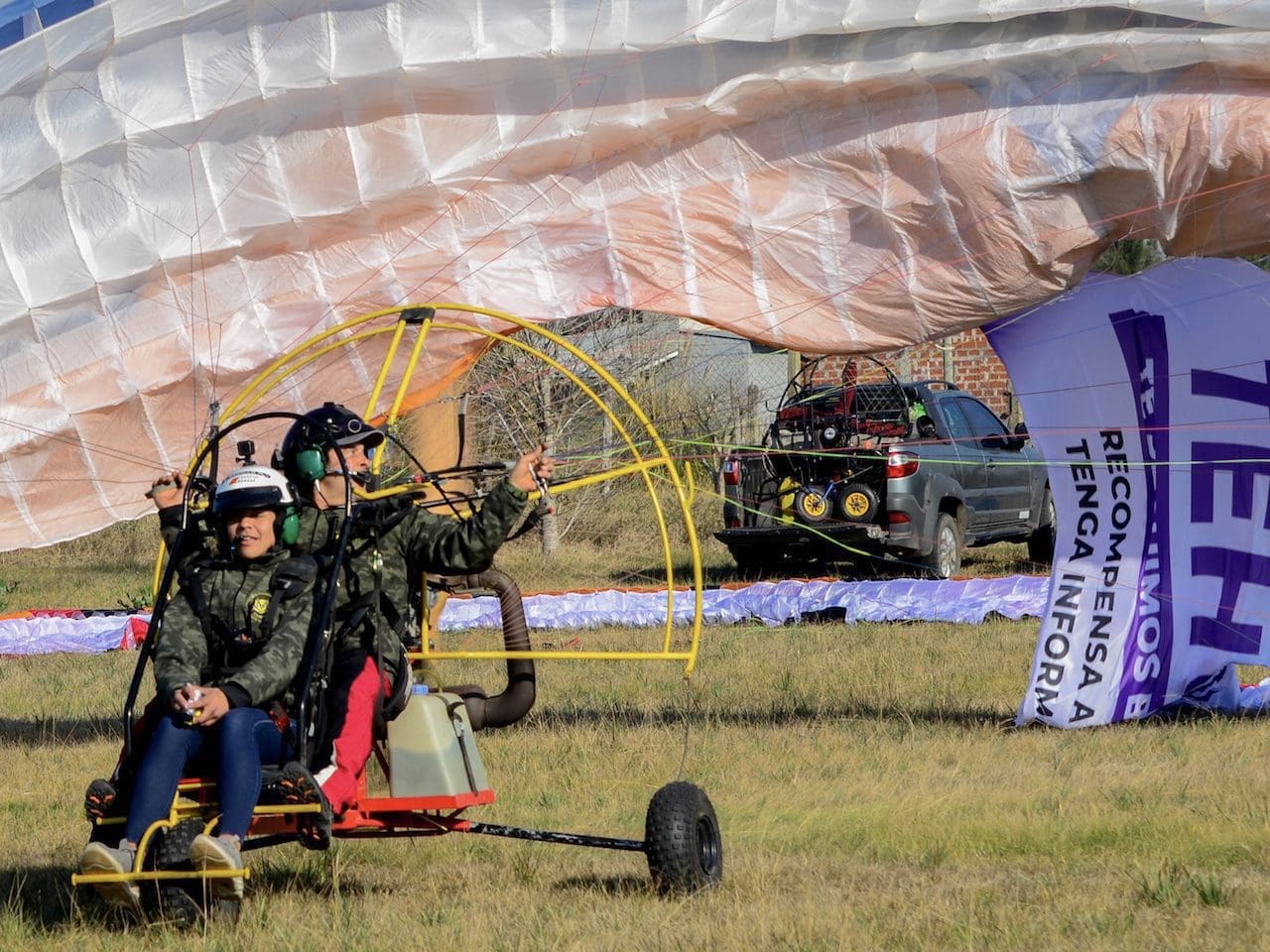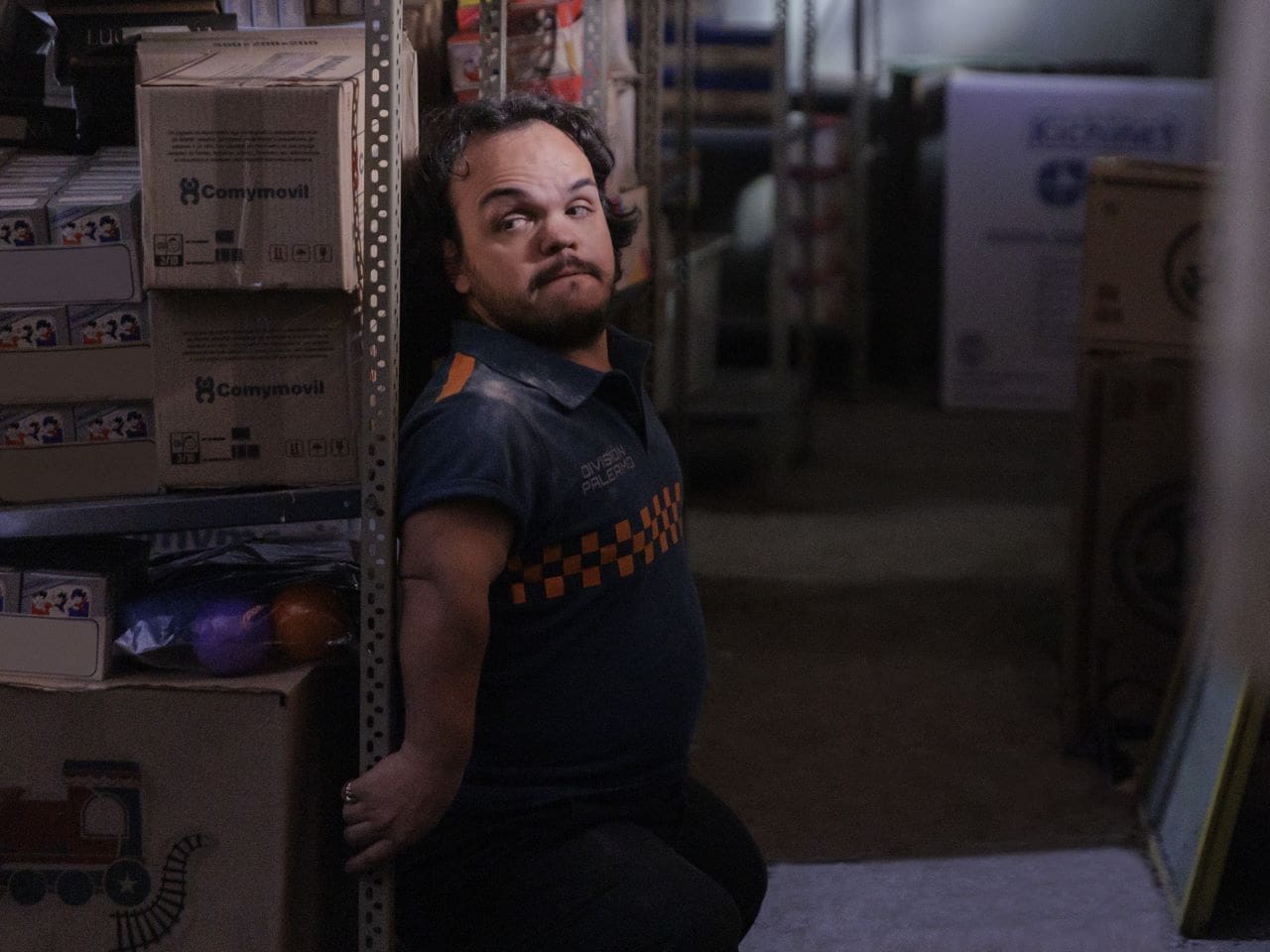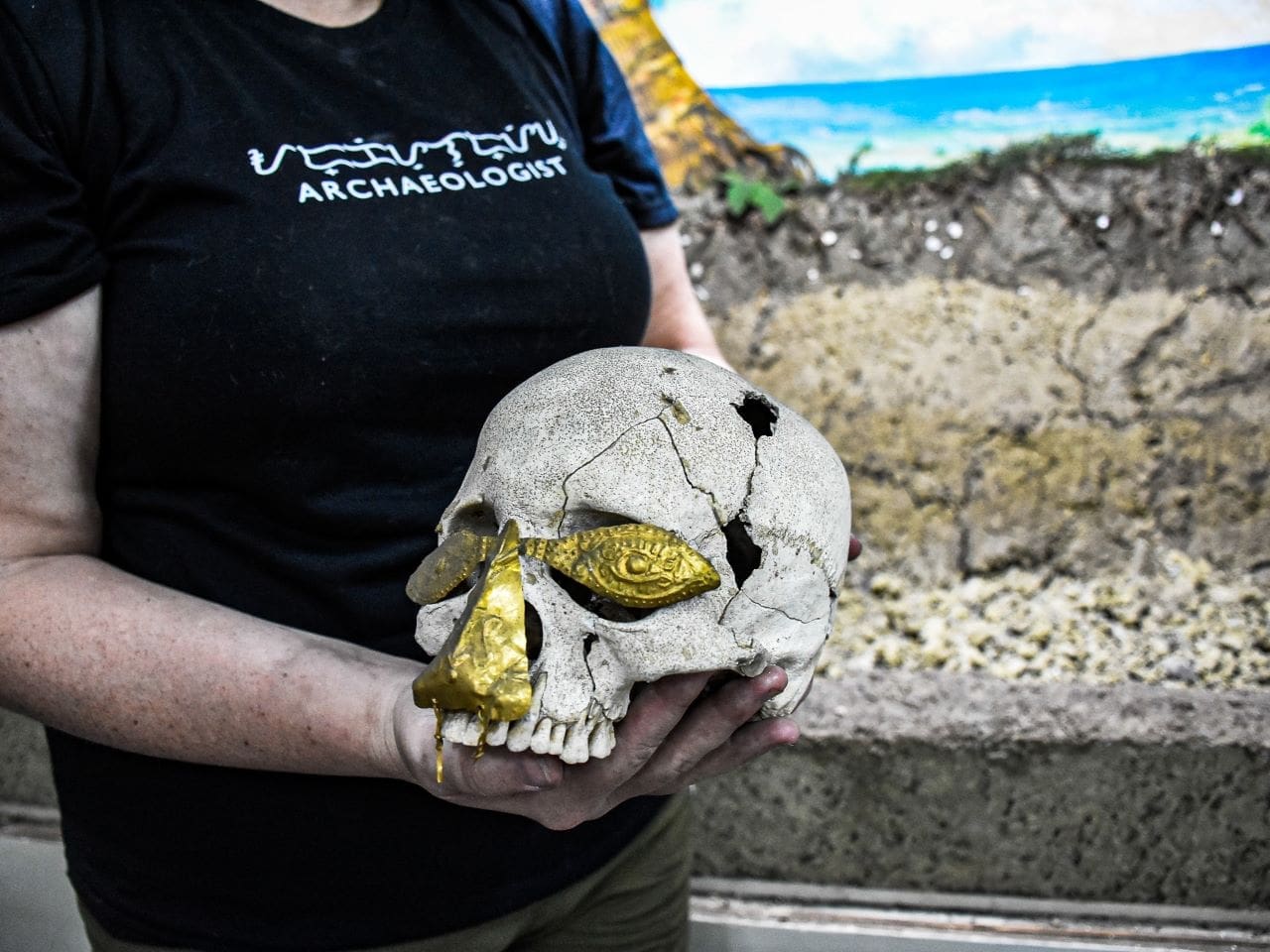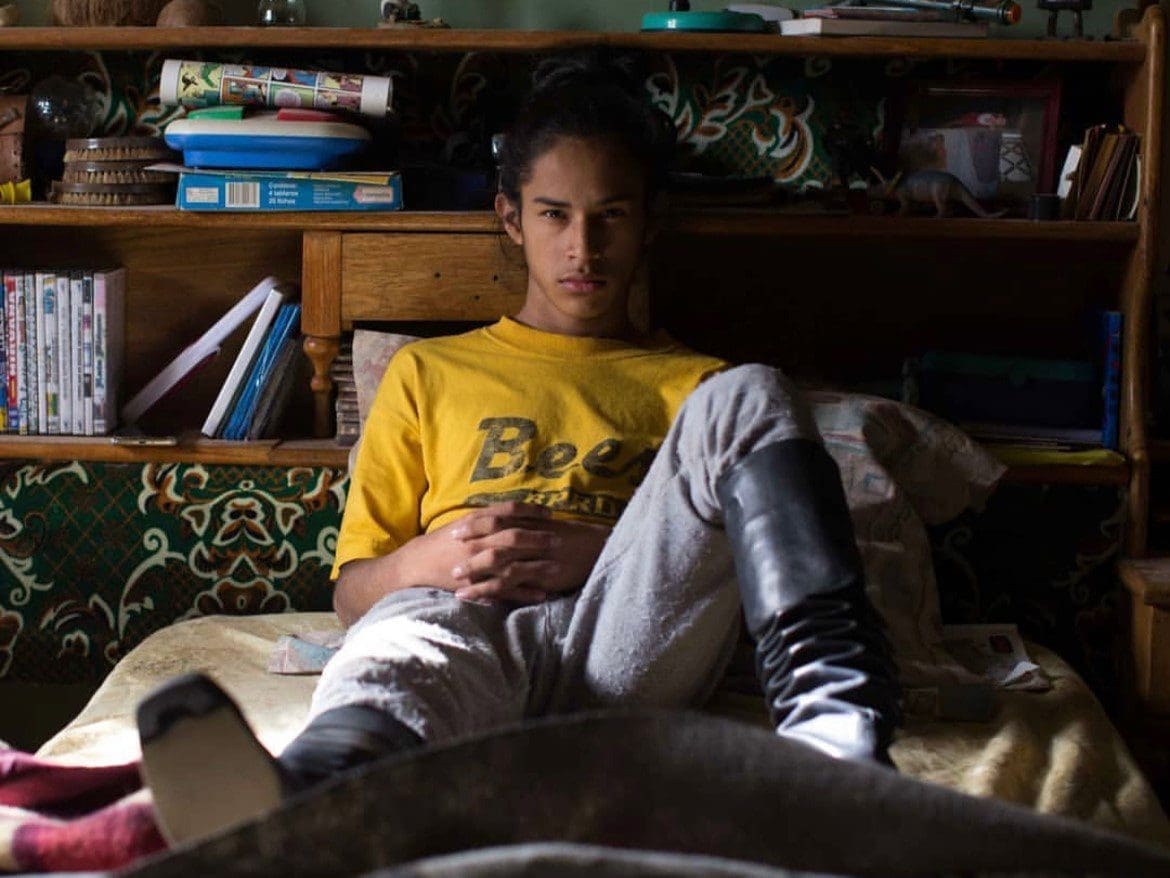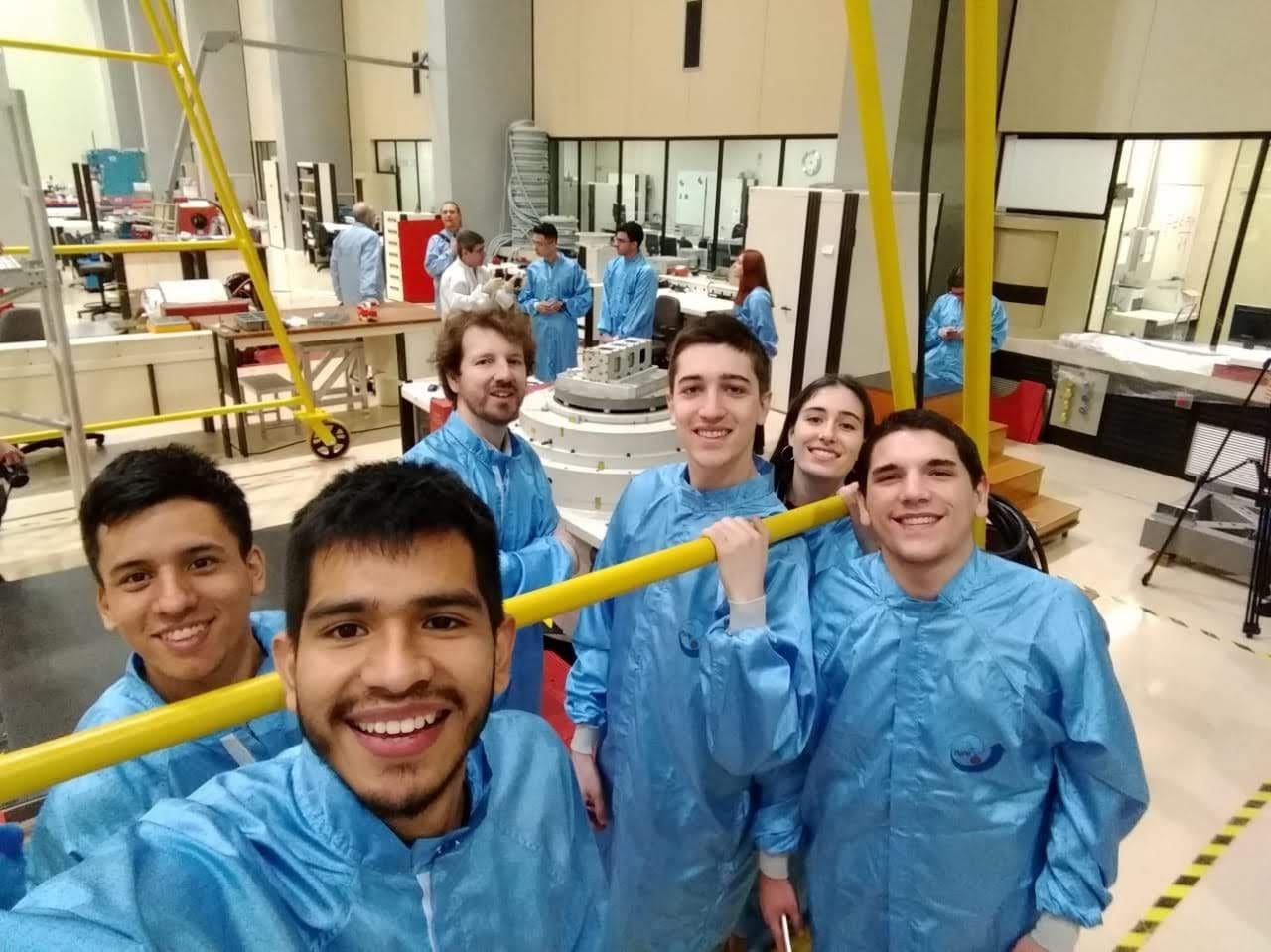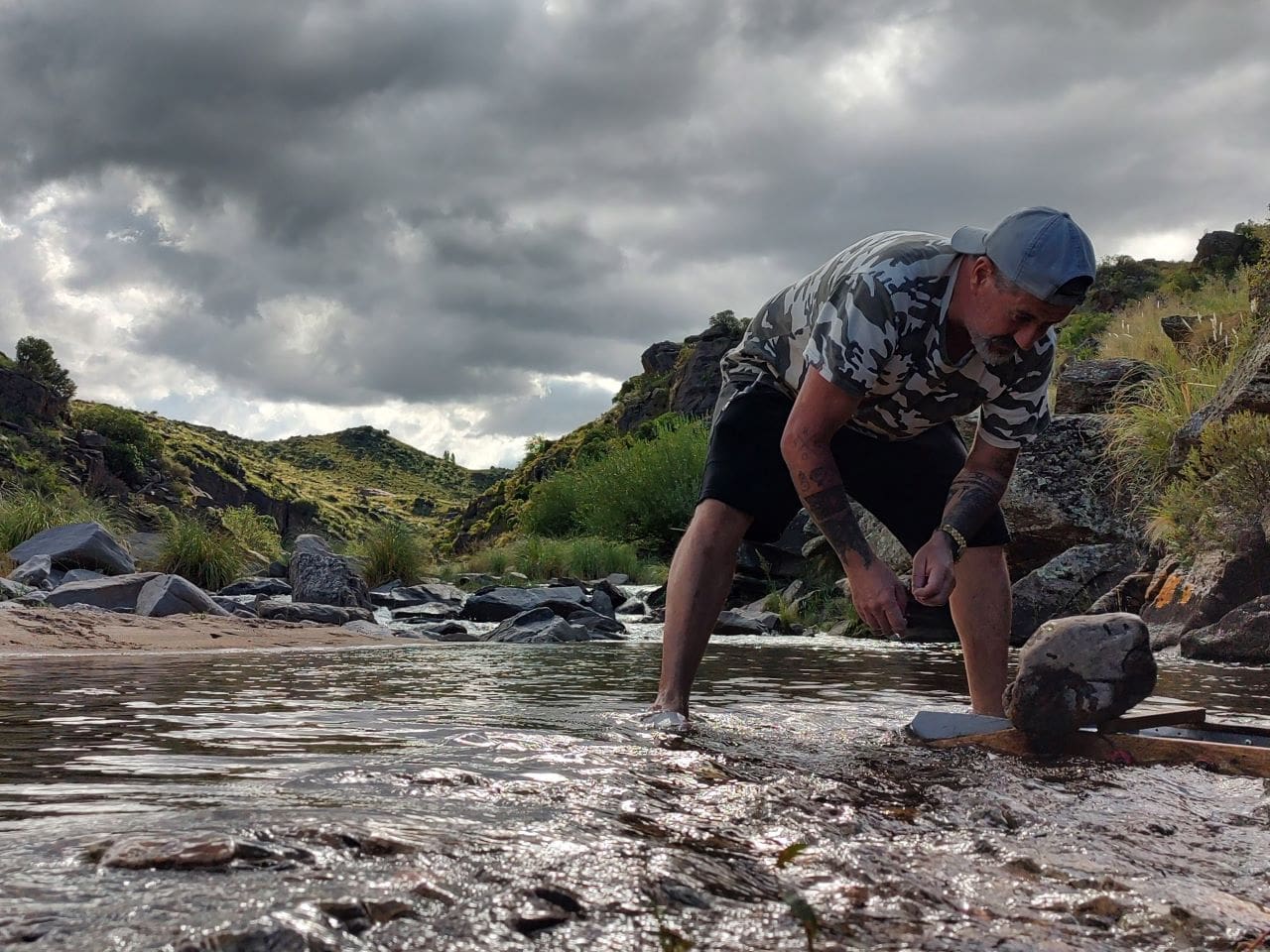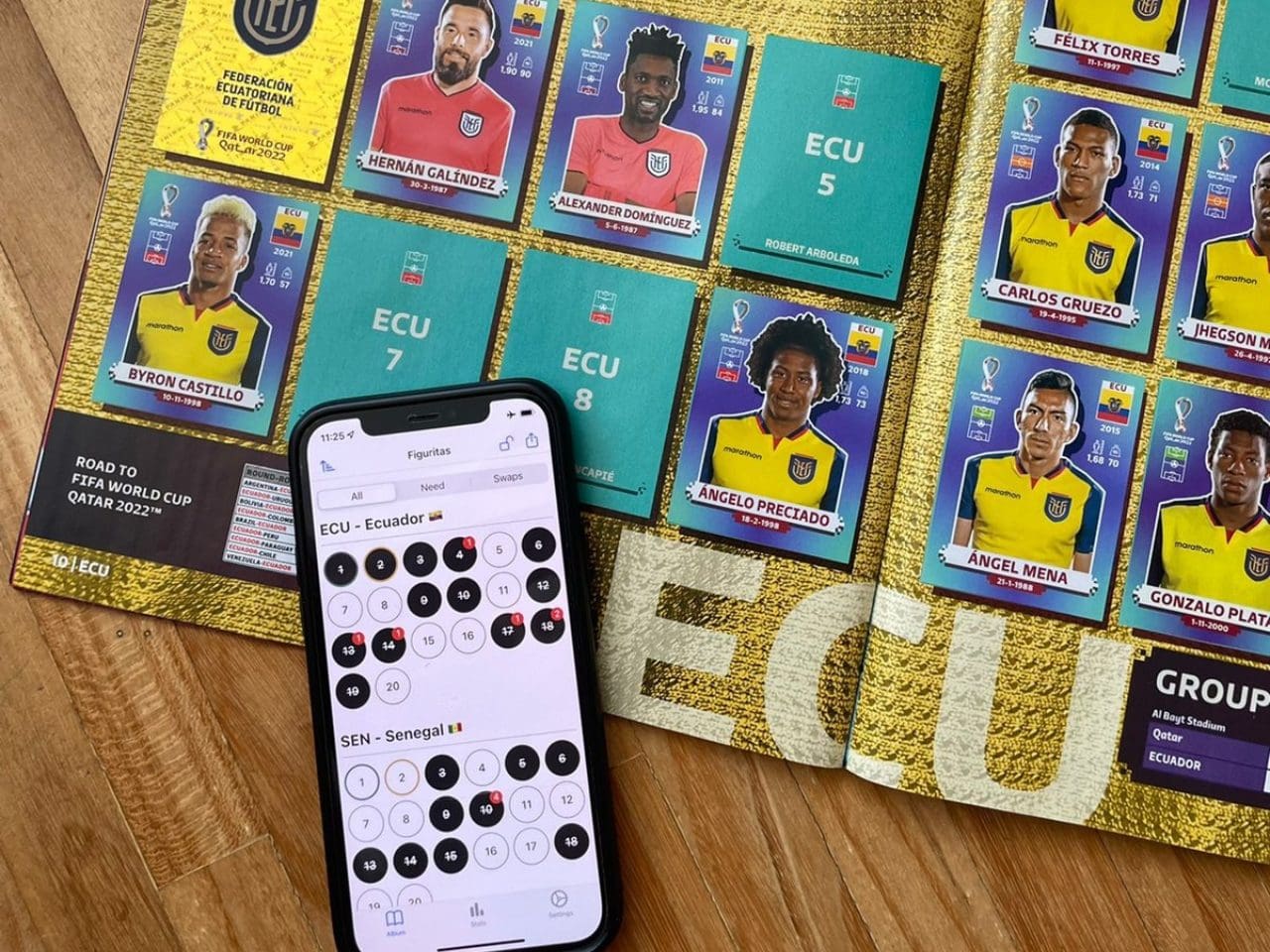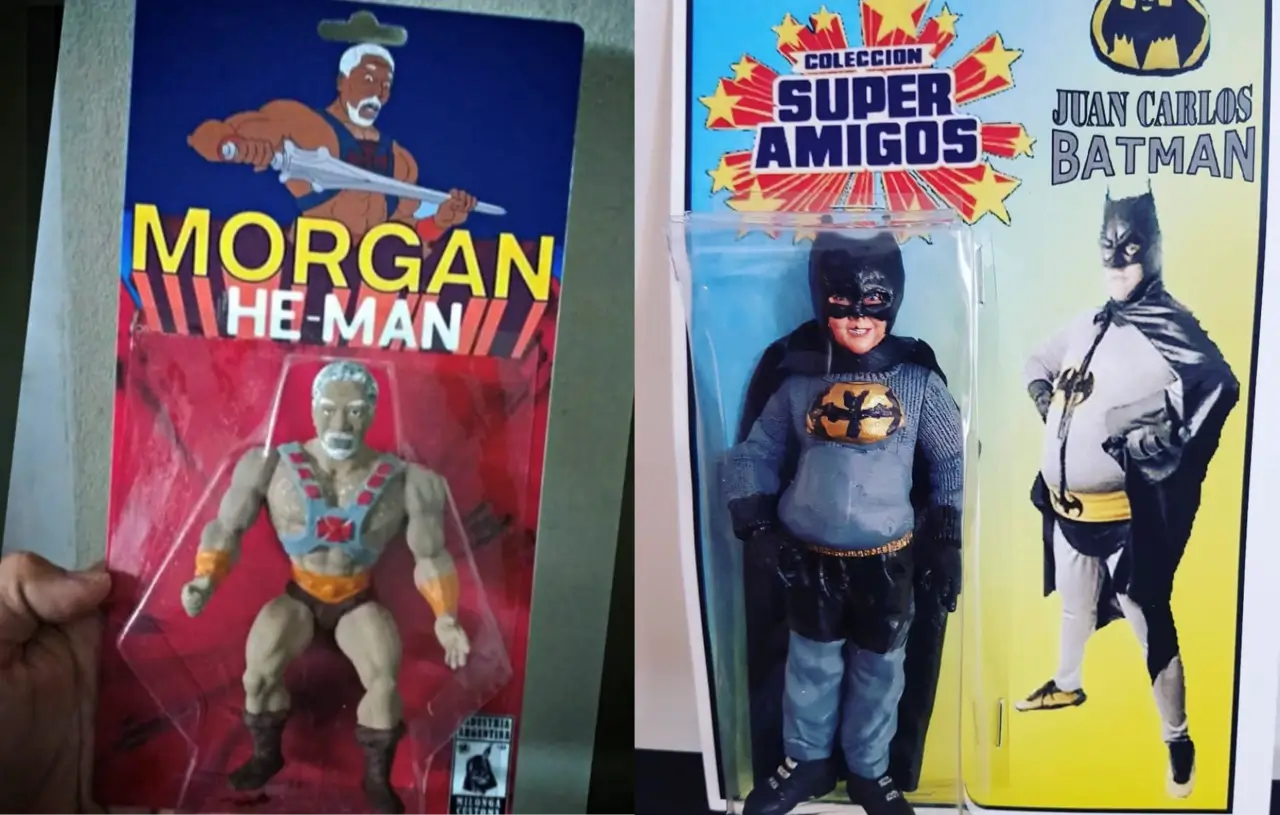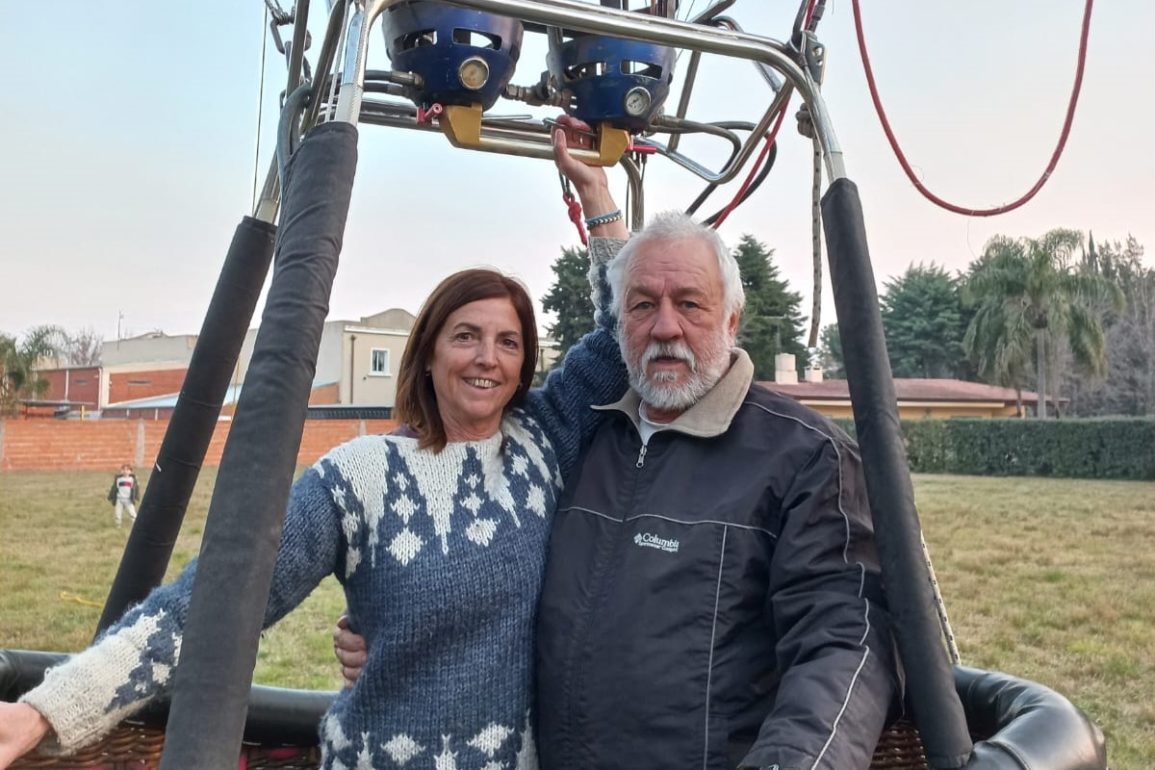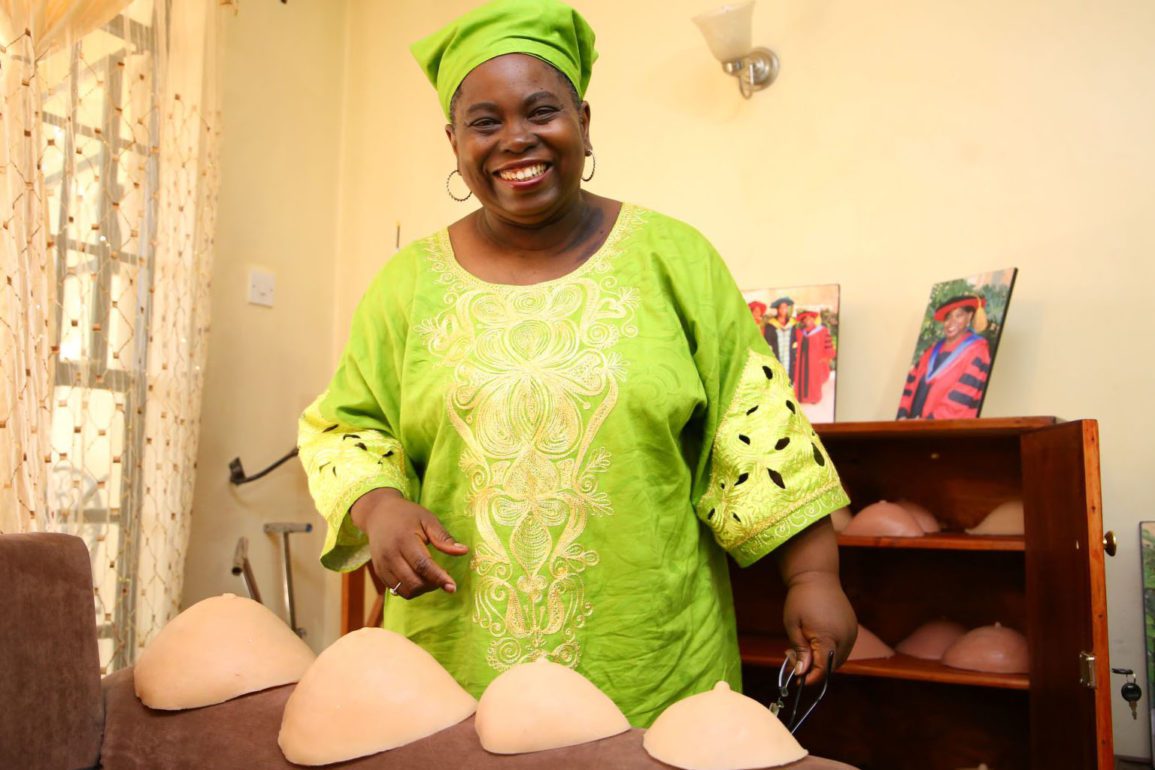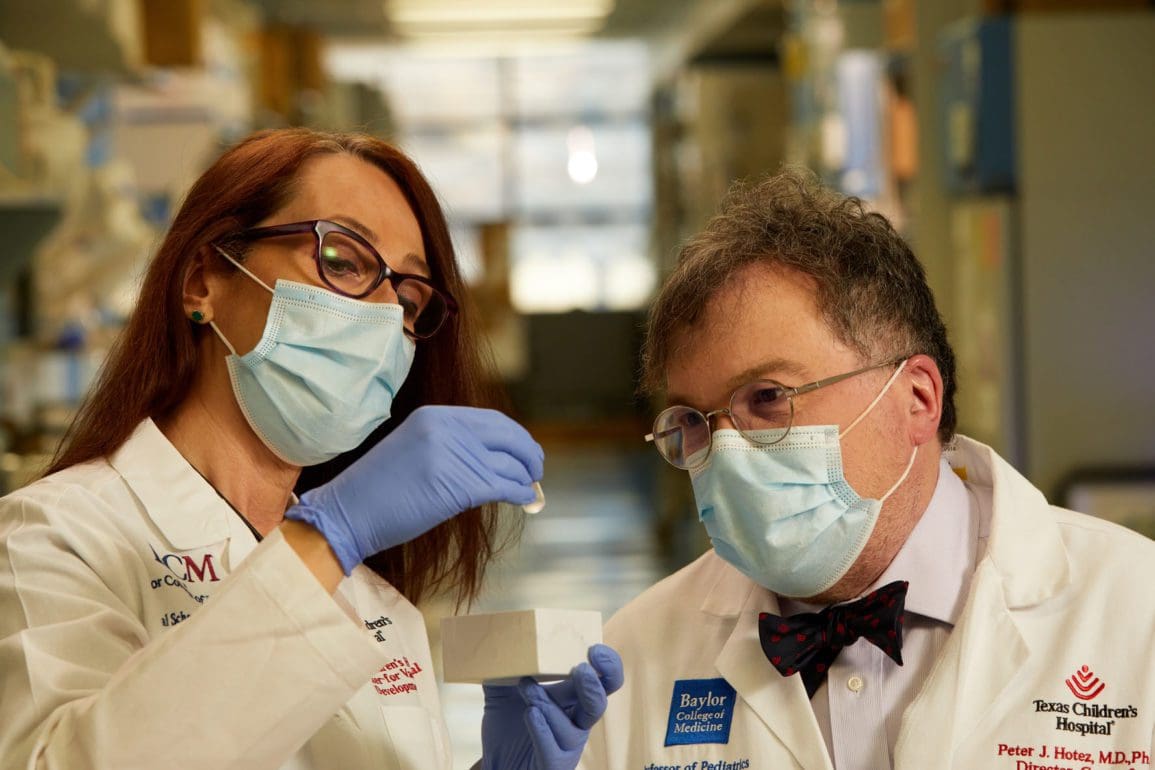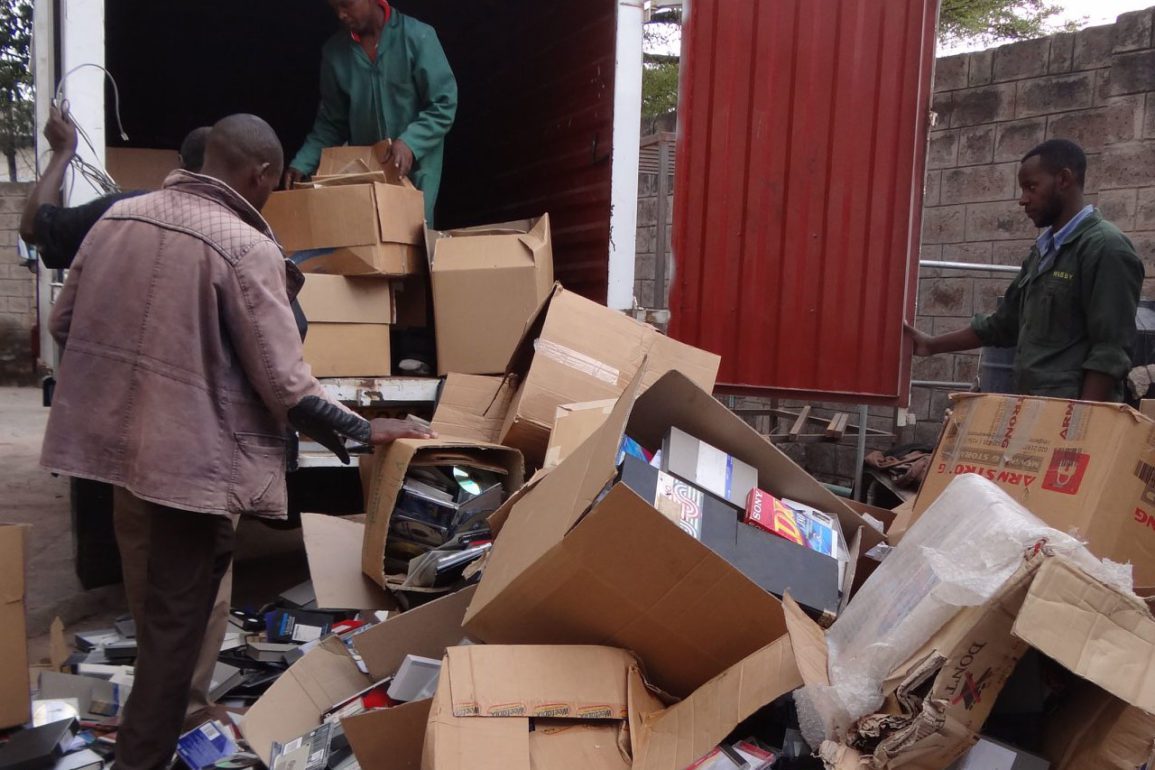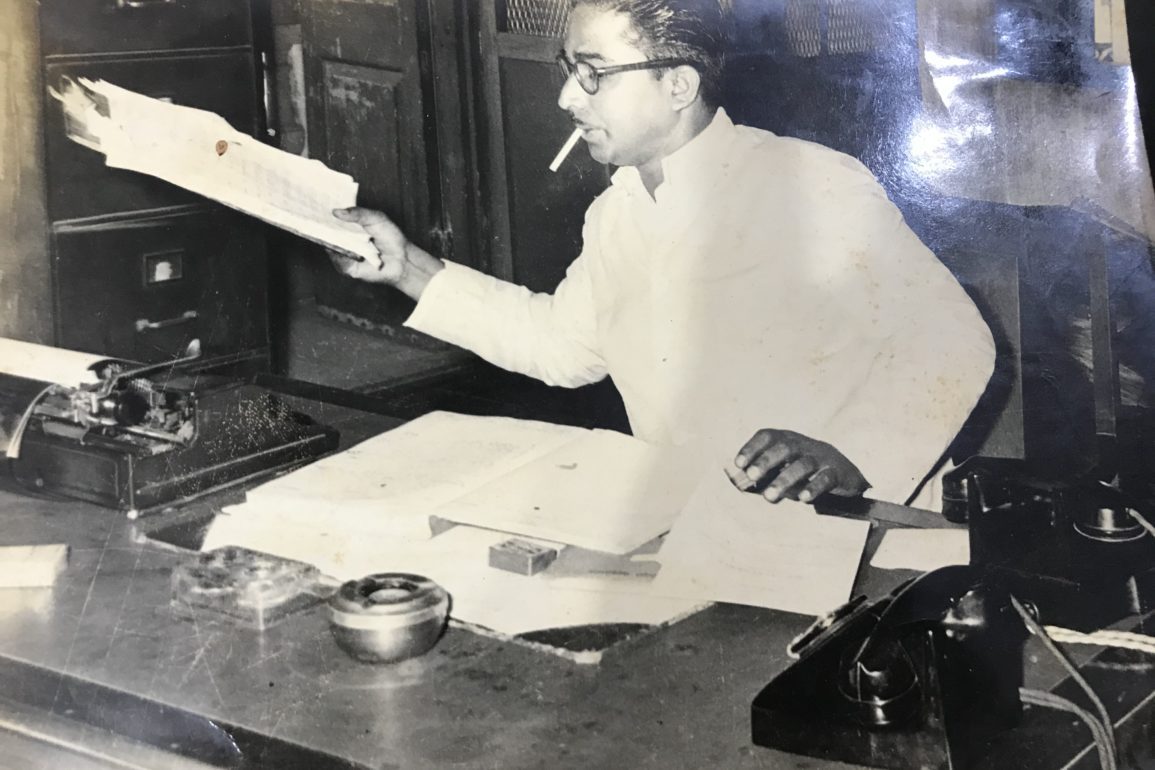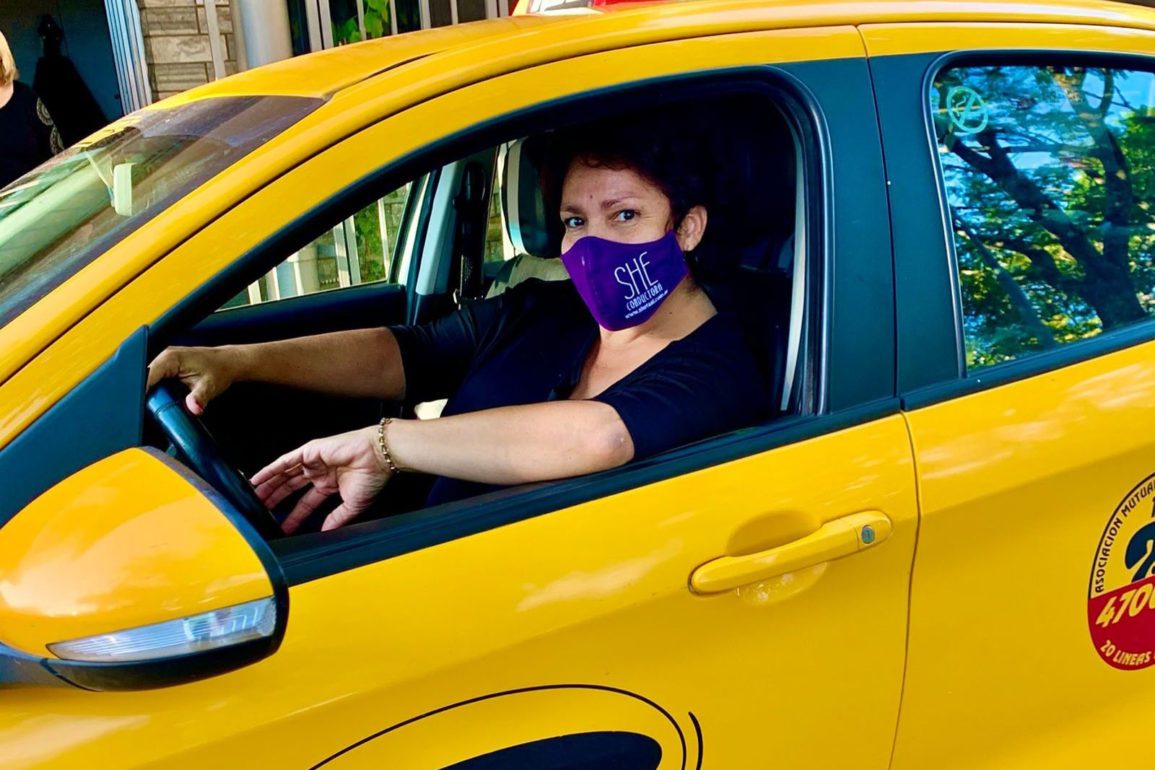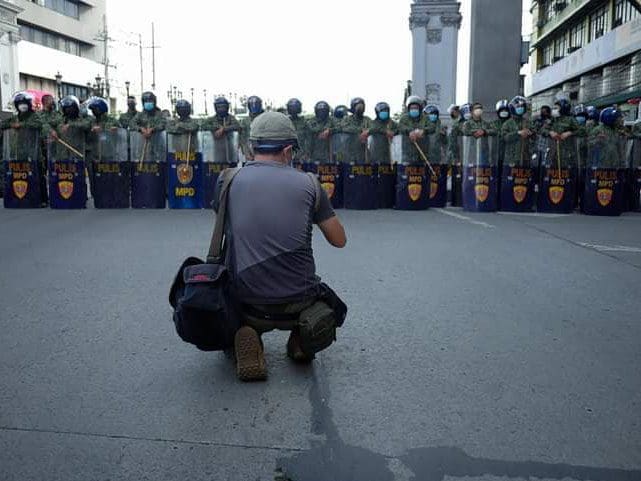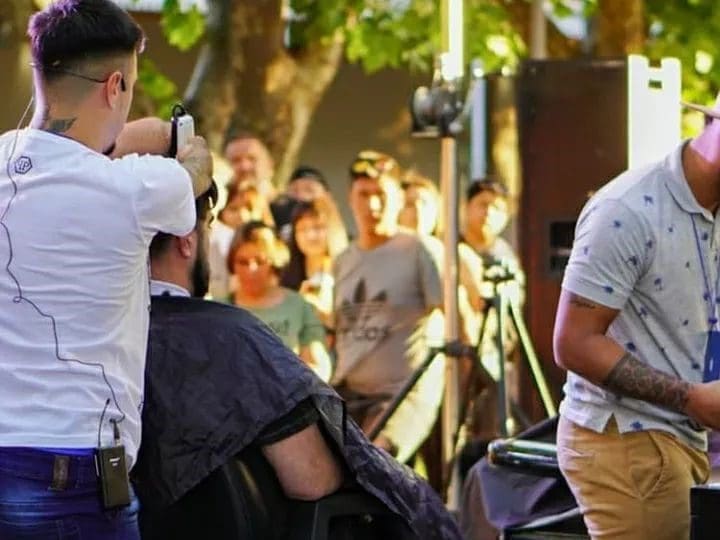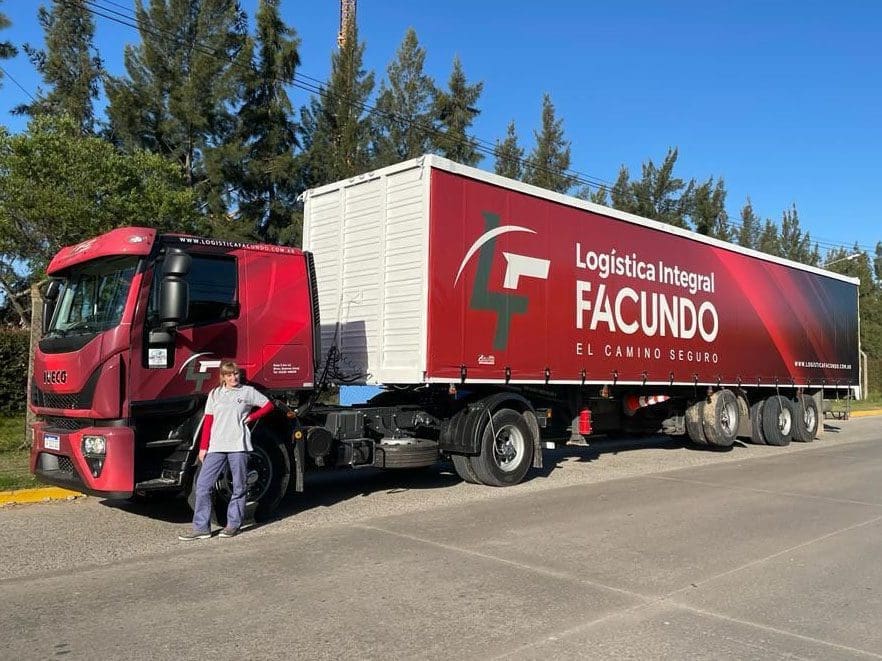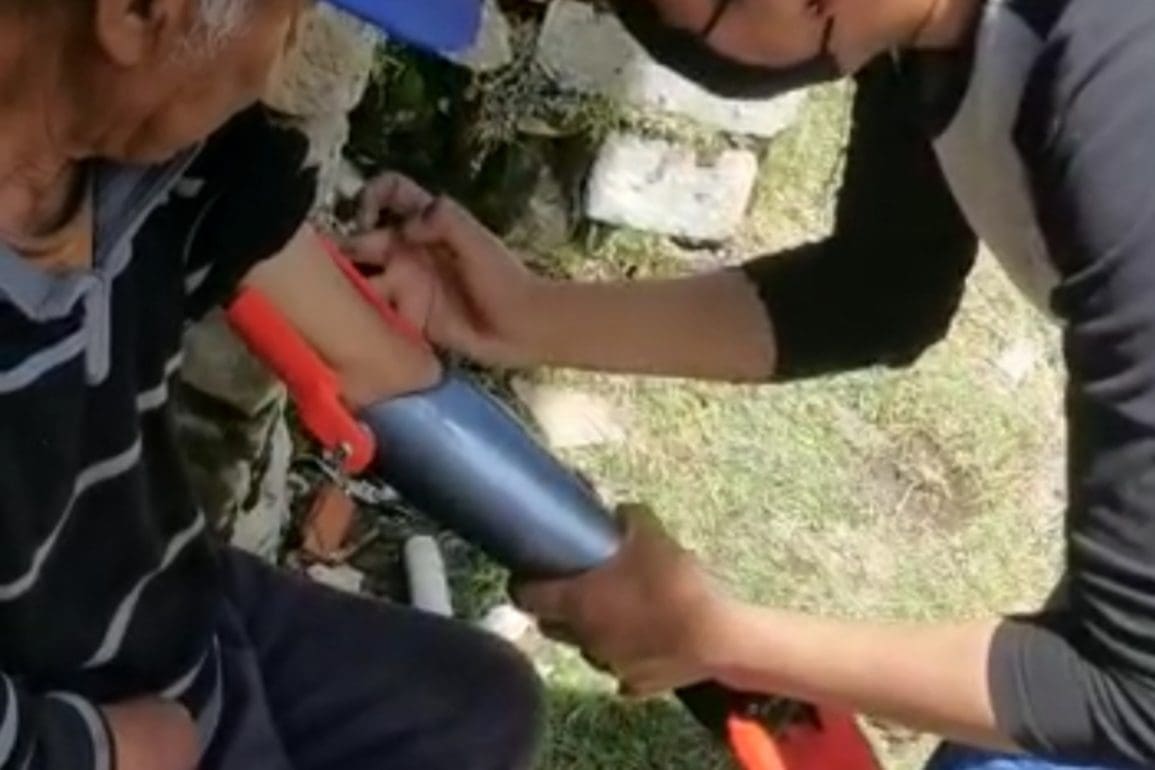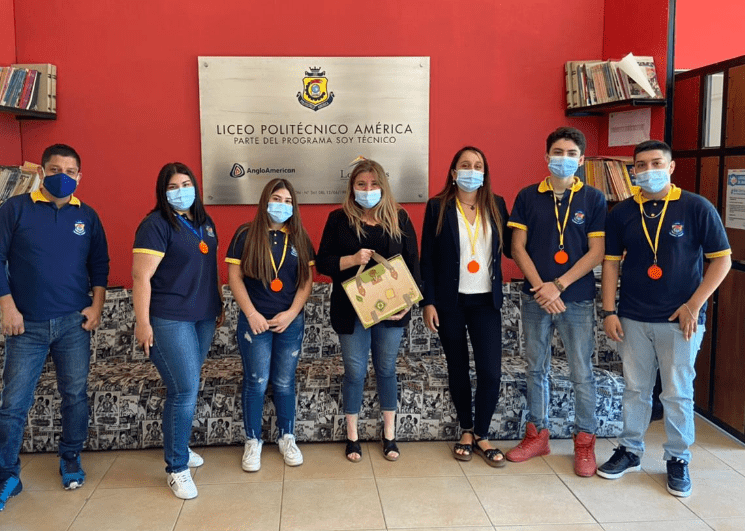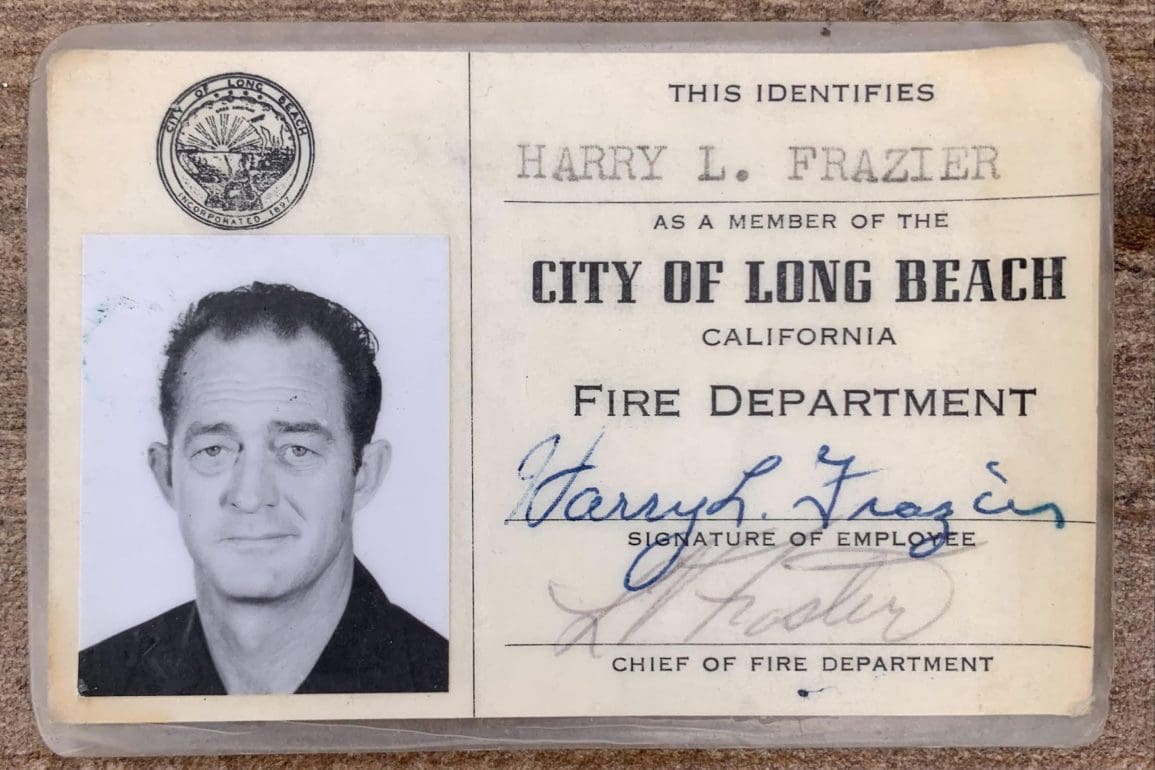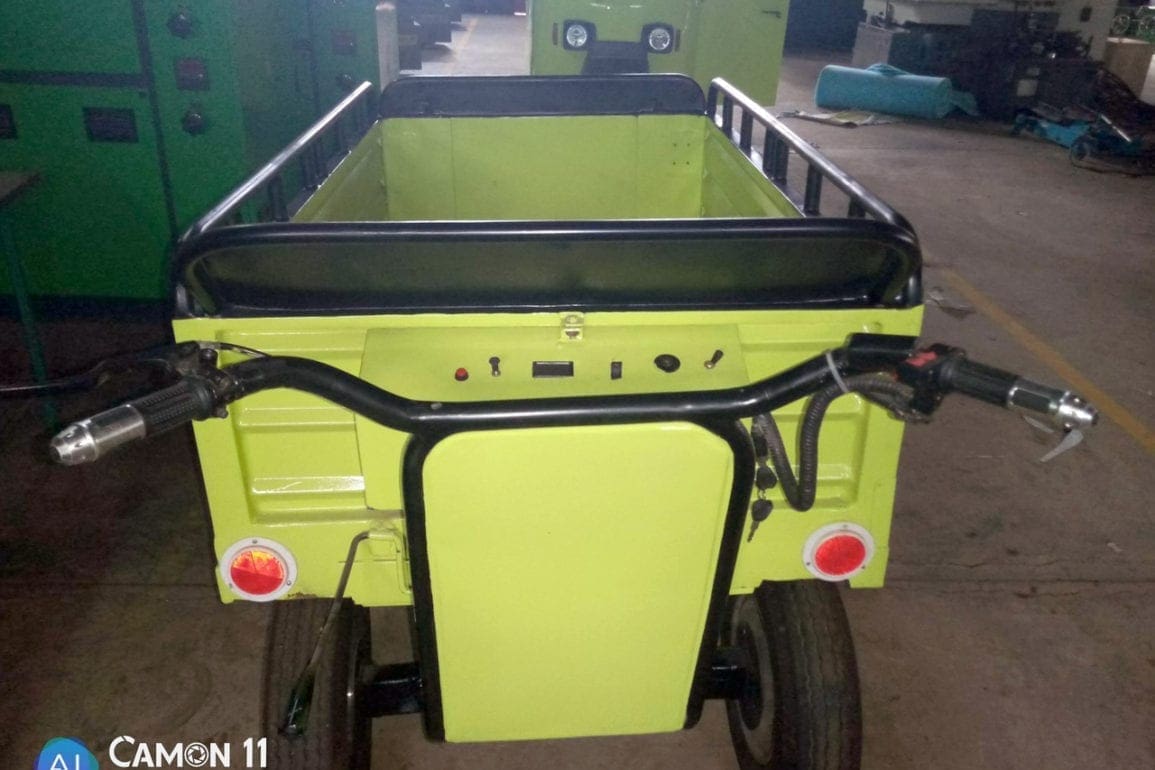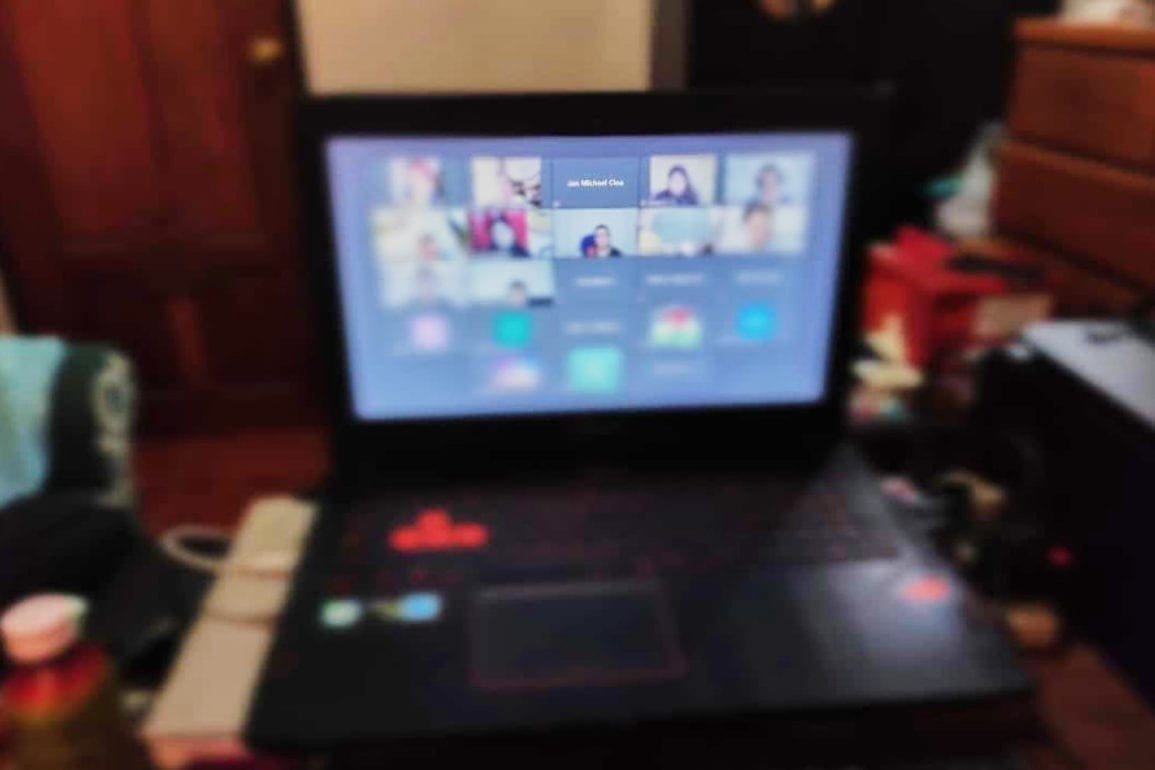Manual workers feared robots would take their jobs, soon discovered the robots could save their lives and their income
I spent hours at my desk, day and night, conceiving the robot which came to be known as Bandicoot. I pondered ideas and sketched plans. With every draft, I found myself closer to a solution. My body filled with electricity with every stroke of my pen. Finally, after months of work, the first prototype of a technologically advanced manhole cleaner came into view.
- 2 years ago
August 24, 2023

TRIVANDRUM, India — One evening while watching television, I saw a news report about three manual laborers from Kerala who died while cleaning out a manhole. Like we so often see in India, they entered the manhole with no safety equipment and suffocated to death. My heart broke.
While India forbids this kind of work, it continues. The manholes need cleaning and people risk their lives for the income it generates. As an engineer, I wanted to do something. My colleagues Arun George, Nikhil NP, and Rashid Bin Abdulla Khan and I had started Genrobotics and through our work, we began brainstorming ways to build a robot to clean manholes. We wanted to ensure no one would endanger themselves like this again. Today, our firm employs 350 people. We produce 30 to 40 robots each month.
From an idea on a sketch pad to a live prototype, Bandicoot revolutionizes manhole cleaning
I spent hours at my desk, day and night, conceiving the robot which came to be known as Bandicoot. I pondered ideas and sketched plans. With every draft, I found myself closer to a solution. My body filled with electricity with every stroke of my pen. Finally, after months of work, the first prototype of a technologically advanced manhole cleaner came into view. At first, it looked like a rat but morphed into something more like a spider.
Members of the board, my team, and I sat on the edge of our seats as we watched the first test of the prototype. We all felt anxious as we awaited the results. When Bandicoot successfully accumulated a ton of trash, we leapt out of our seats in excitement. We had a lot invested. Bandicoot combines a variety of materials including carbon fiber, basic steel, and aluminum alloys. The prototype cost over a 25 million rupees to make, or over 300,000 U.S. dollars. In total, to make it flawless, we invested over a billion rupees.
When we first introduced workers to Bandicoot, they seemed reserved, anxious, and frightened. They feared the robot would steal their jobs, leaving them with no way to make ends meet. We reassured the workers, “You will still be required to operate the robots.” Hearing our words, they instantly relaxed and became eager to learn.
I felt incredible joy standing there amongst them, talking about the project. I explained the training we would provide and assured them of their job security. Slowly, they began to open up to us.
Bandicoot helps more than 3,000 manual scavengers in India
Once we officially launched the model, a town in Kerala, the same location where the men died in the manhole, implemented the robot. When we heard about these workers using our model for the first time, it warmed our hearts. We aim not only to save lives, but to give the workers a sense of dignity and pride in what they do.
By operating the machines instead of going into the manholes themselves, they no longer put their lives at risk. It takes three people to clean one manhole and those three people can only clean two manholes per day. Bandicoot tackles up to 12 manholes per day, getting the job done quicker and in a safer fashion. Its automated system can finish up a job in less than 45 minutes, even in the worst cases like when a manhole has been neglected for years. When it comes to frequently cleaned manholes, Bandicoot can take minutes.
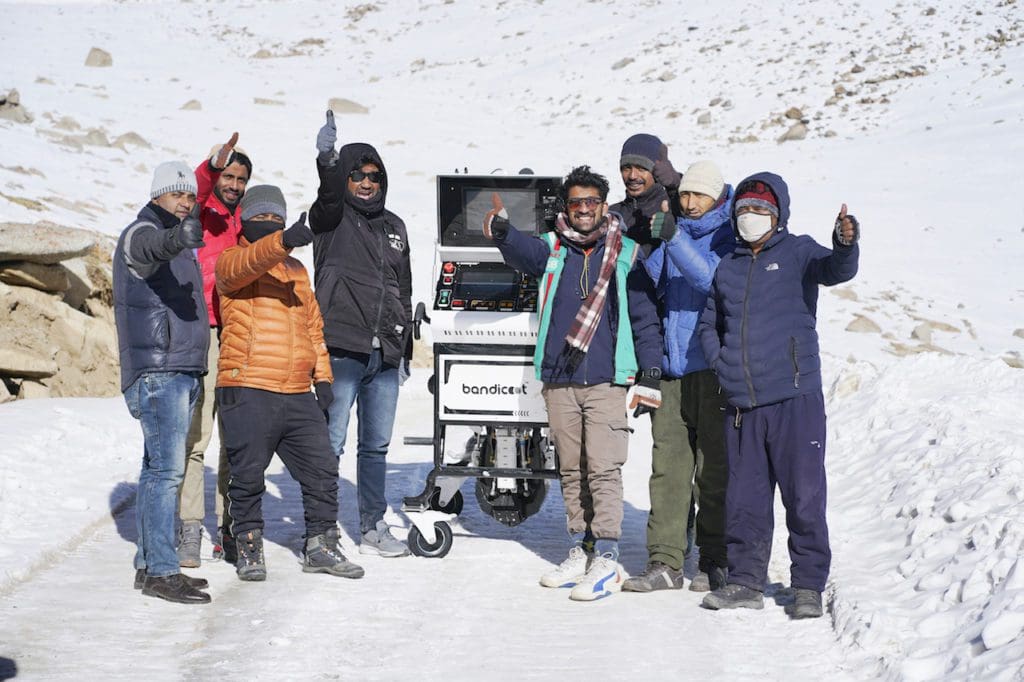
Seeing so many people embrace our creation felt incredible. Manual scavenging, as it is called in India, is not only dangerous but limiting. A man cannot work consistently, or for an extended period, submerged in water. Bandicoot can operate in any duct without a suction restriction. As it removes debris and obstructions, the water in the sewer system begins to flow naturally.
So far, Bandicoot has helped more than 3,000 manual scavengers in India, improving safety and the quality of their lives. The investment by municipalities breaks even in a year and a half and the robot can live for up to 10 years. It’s beneficial for everyone.
To further our good work, my team started the Genrobotics Foundation as a nonprofit. The foundation’s five-person team can train 15 families, mostly from the sanitation industry. We offer skill development, entrepreneurial training, and provide the tools necessary for them to start their own businesses if they choose to leave their risky jobs behind.
I have given my blood, sweat, and tears to Genrobotics. On the heels of losing my father and seeing my family struggle financially, it offered an incredible outlet and opportunity. Attracting grants and investors afforded us our start and today, with products like Bandicoot, we are saving lives.

